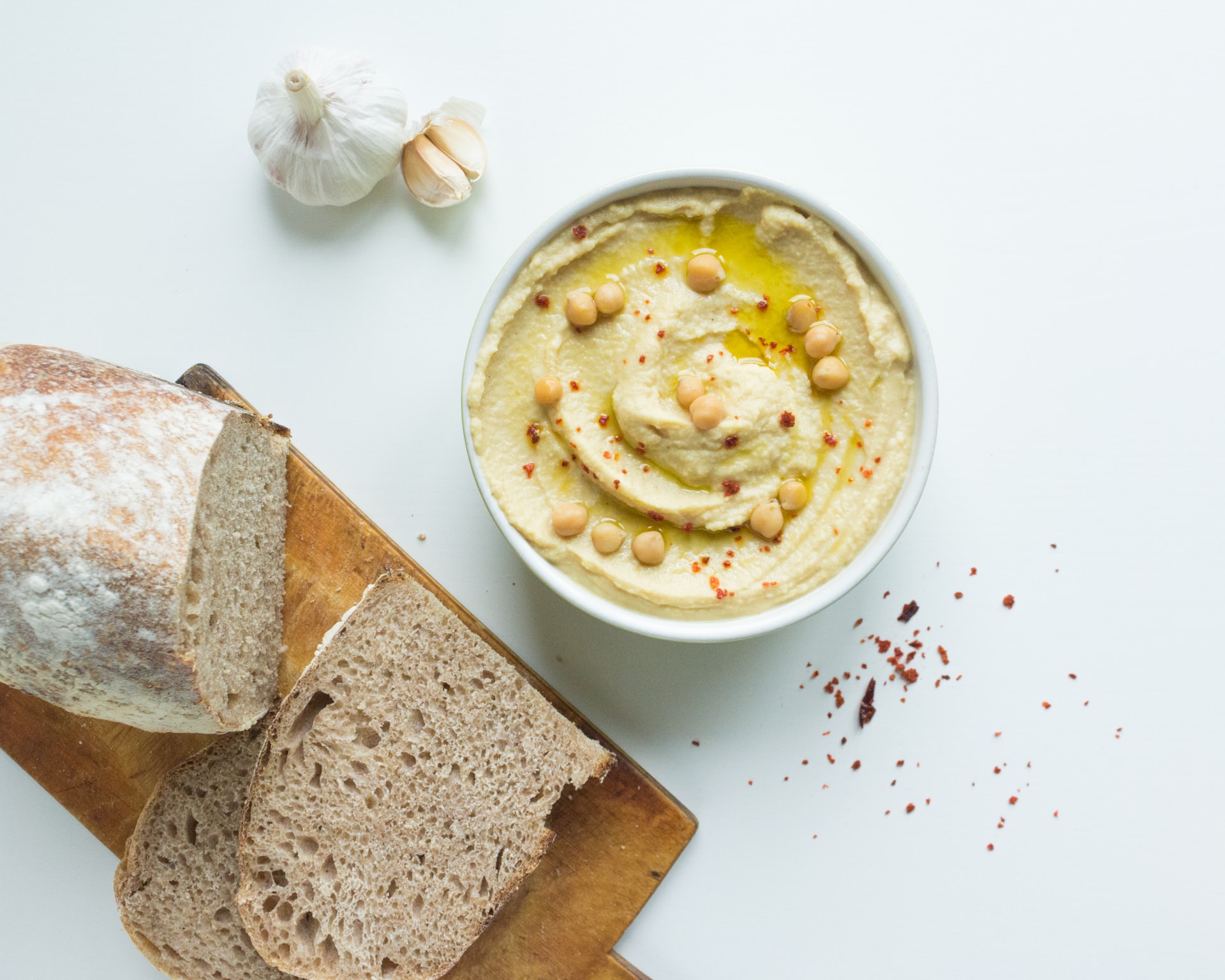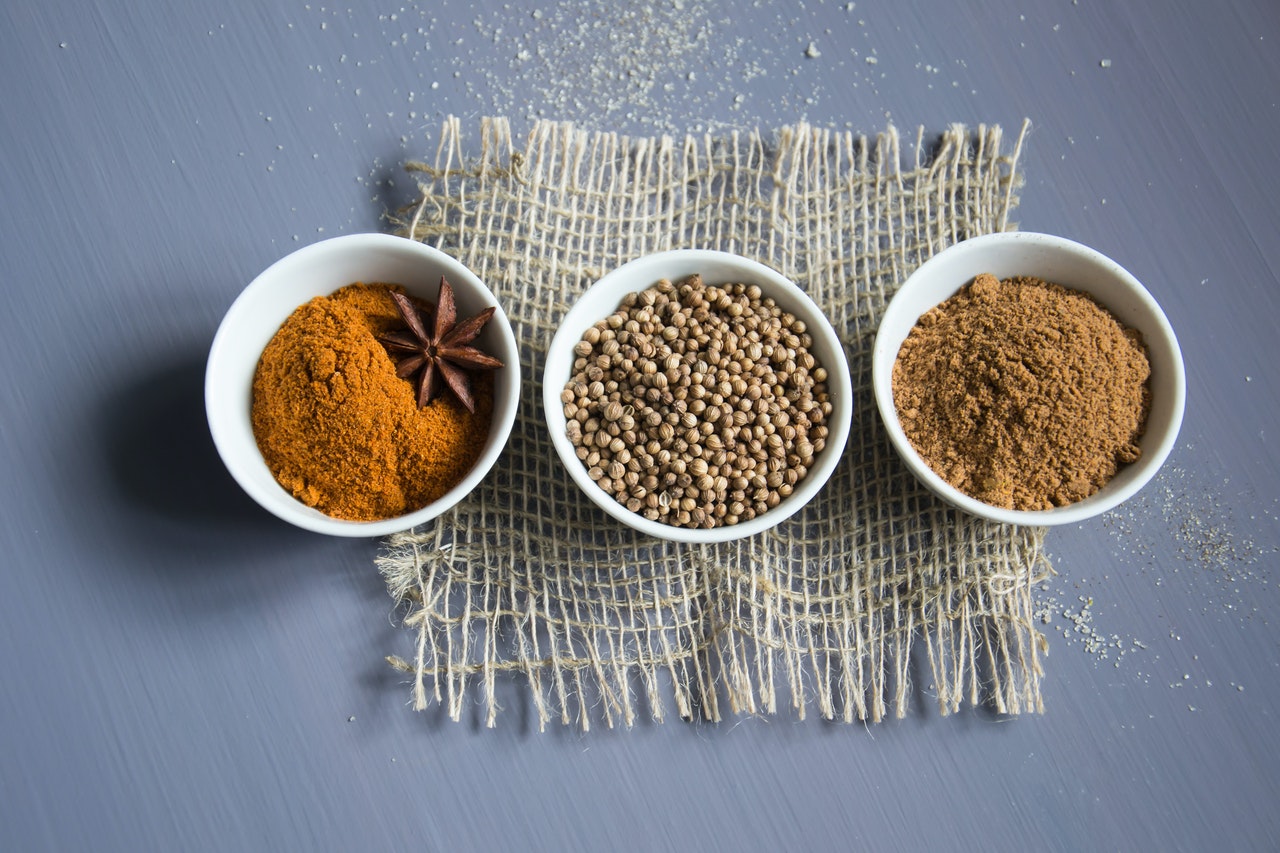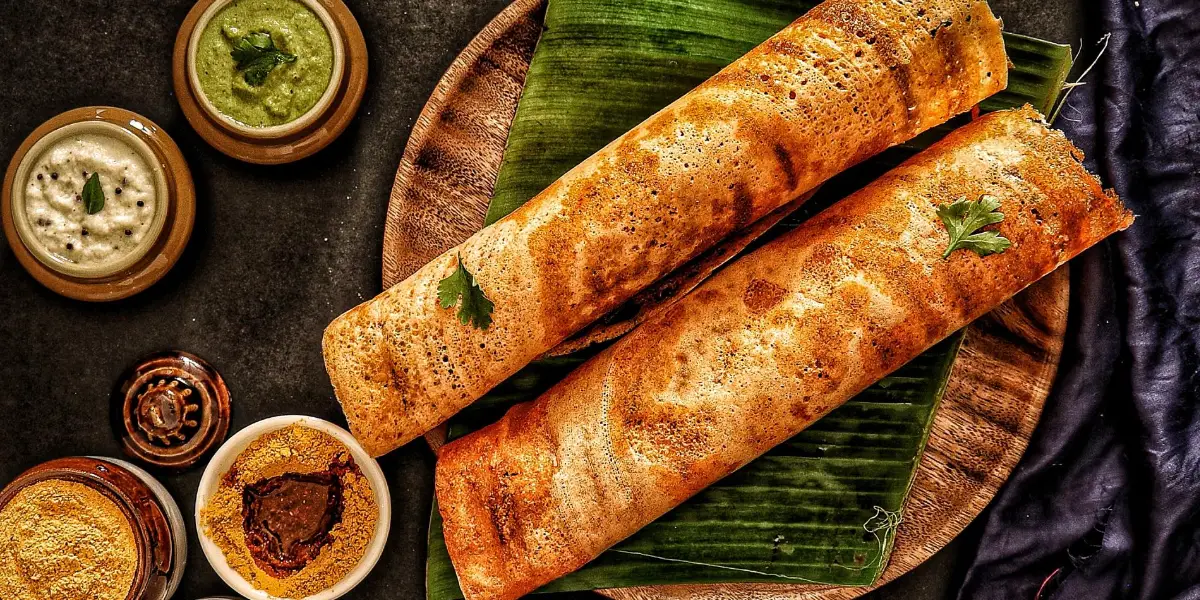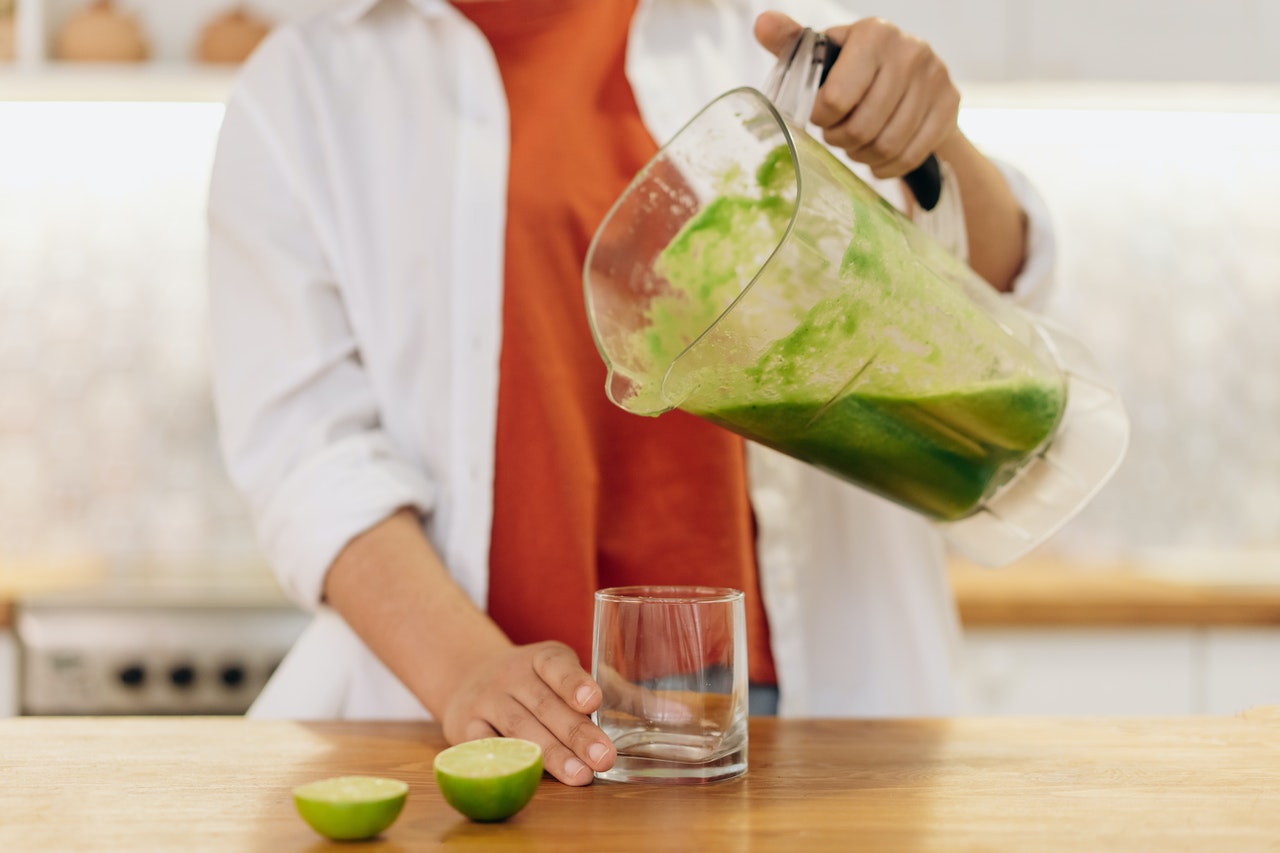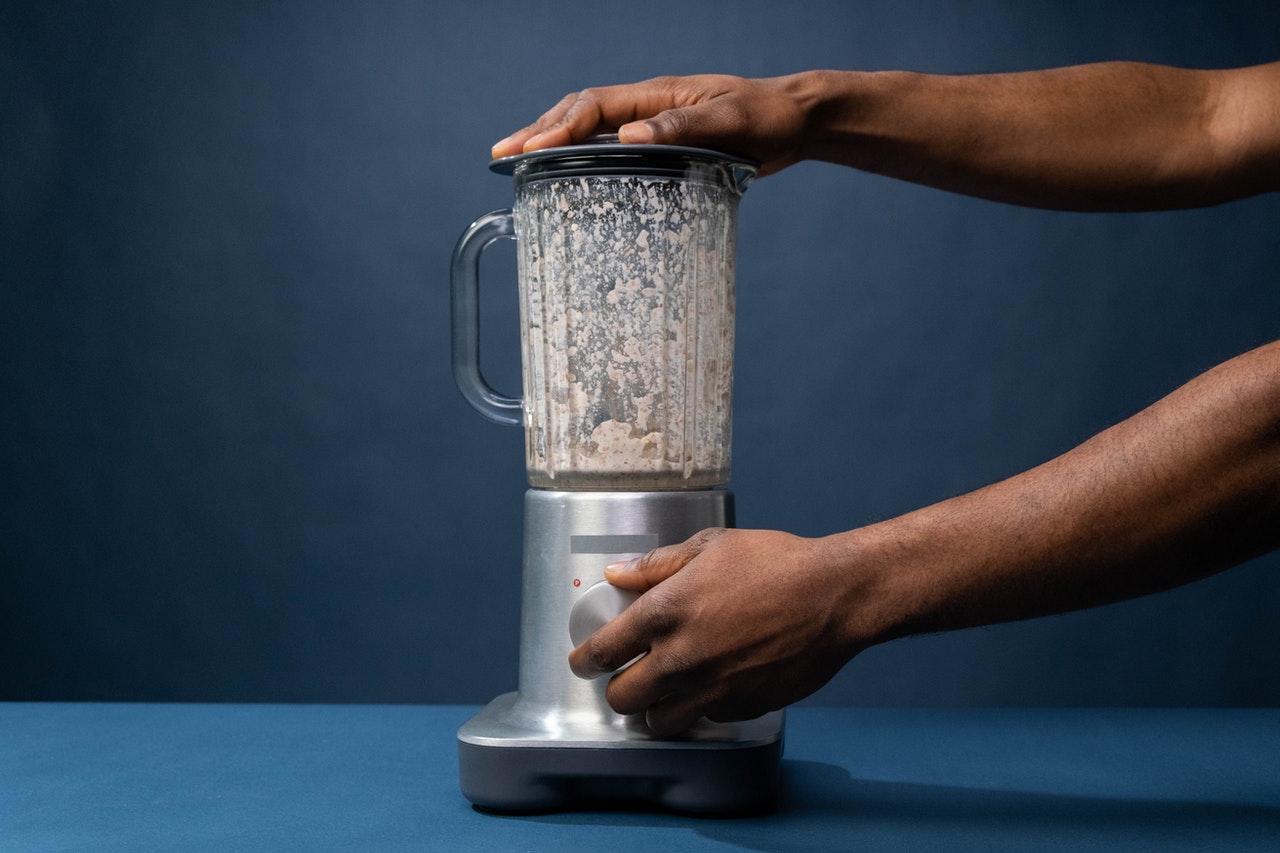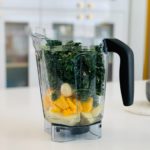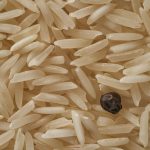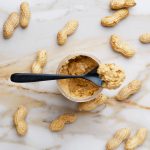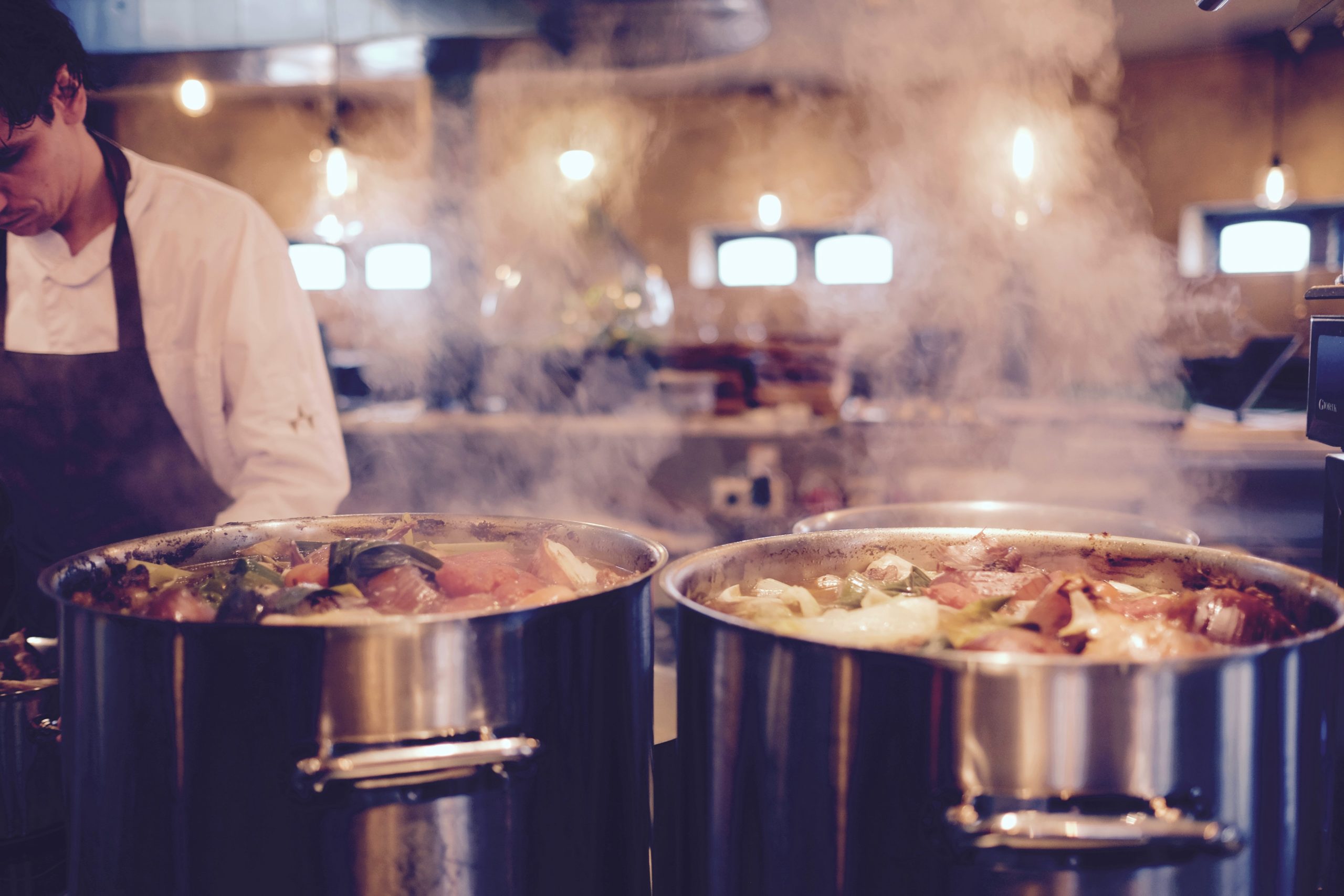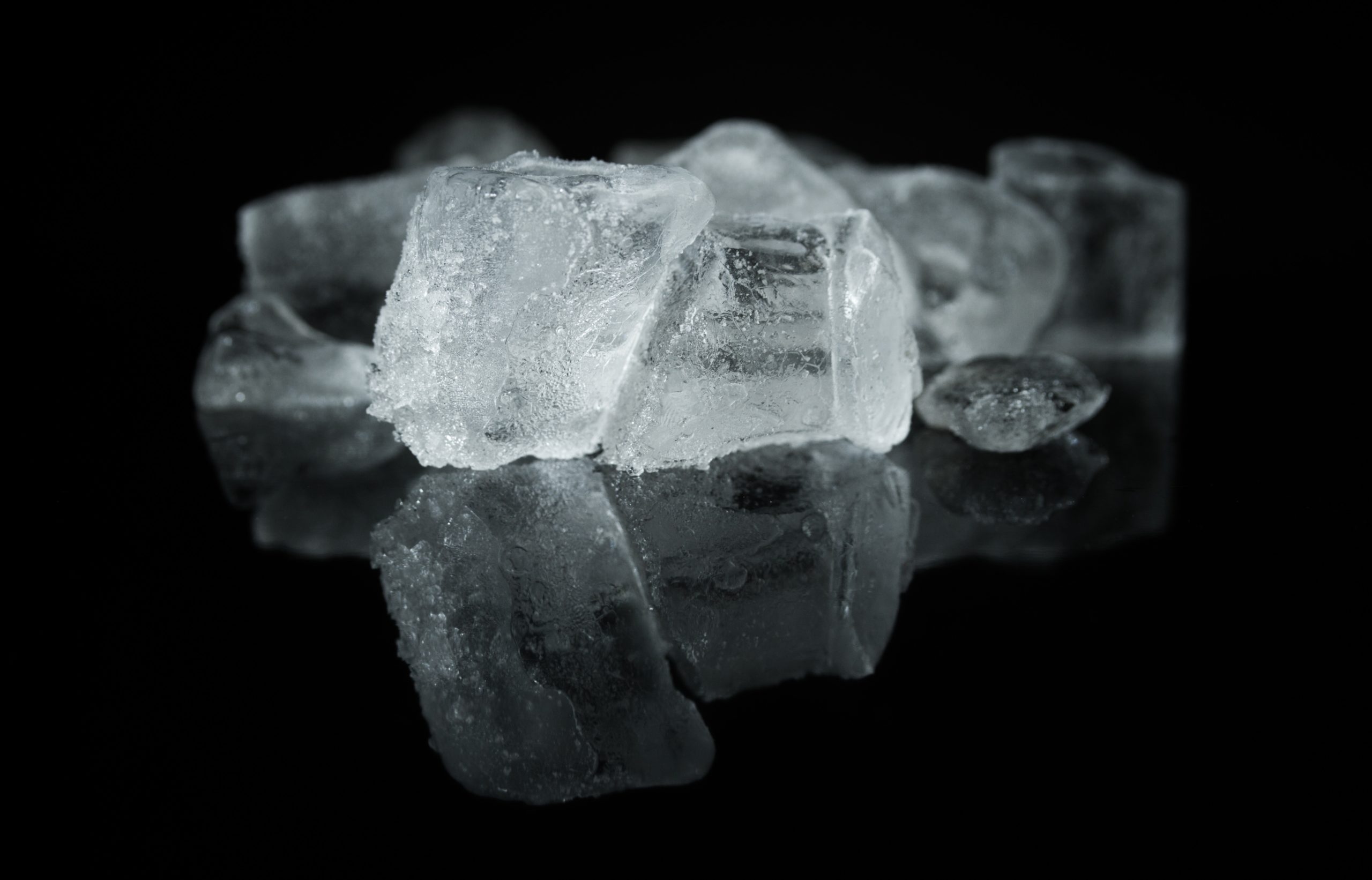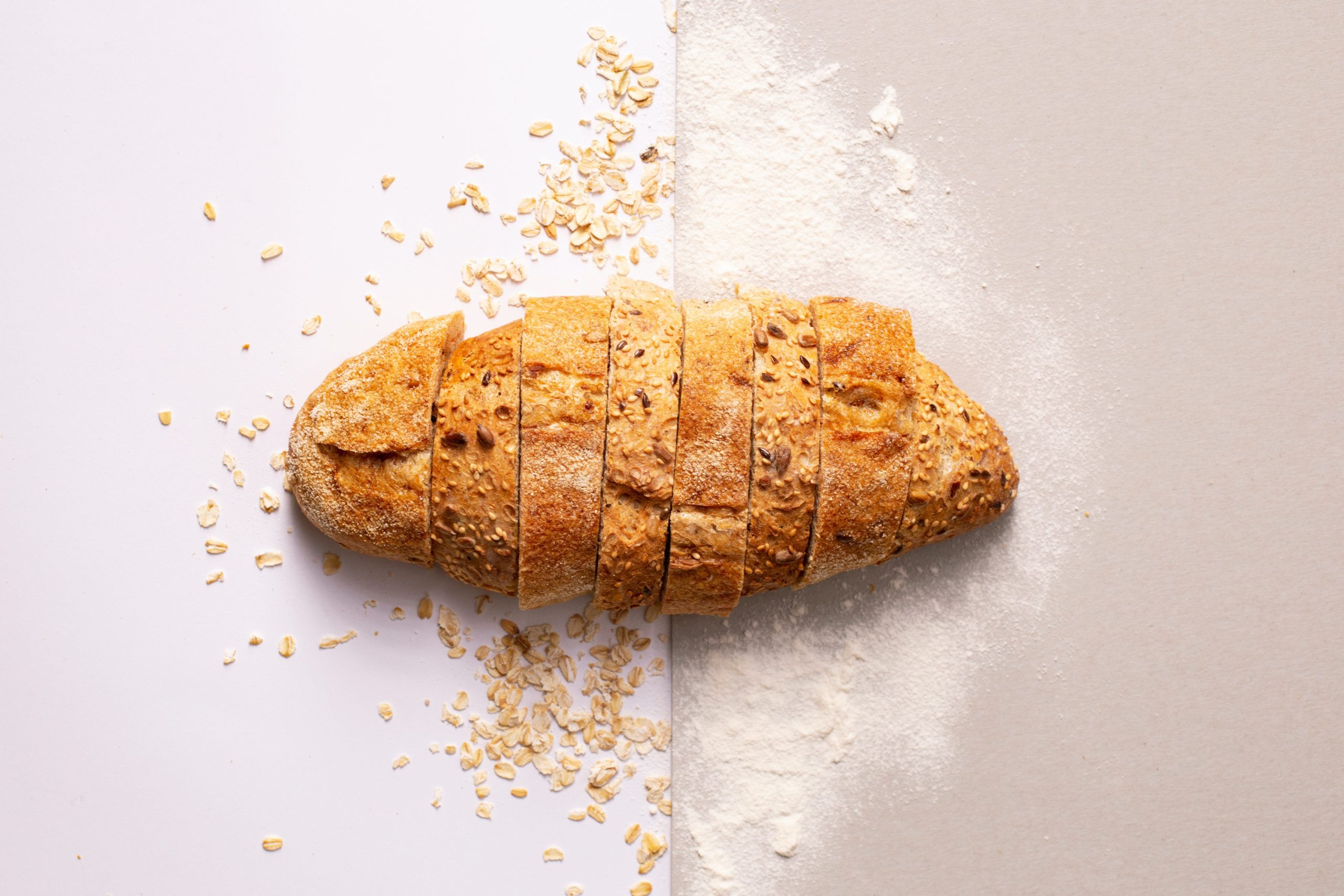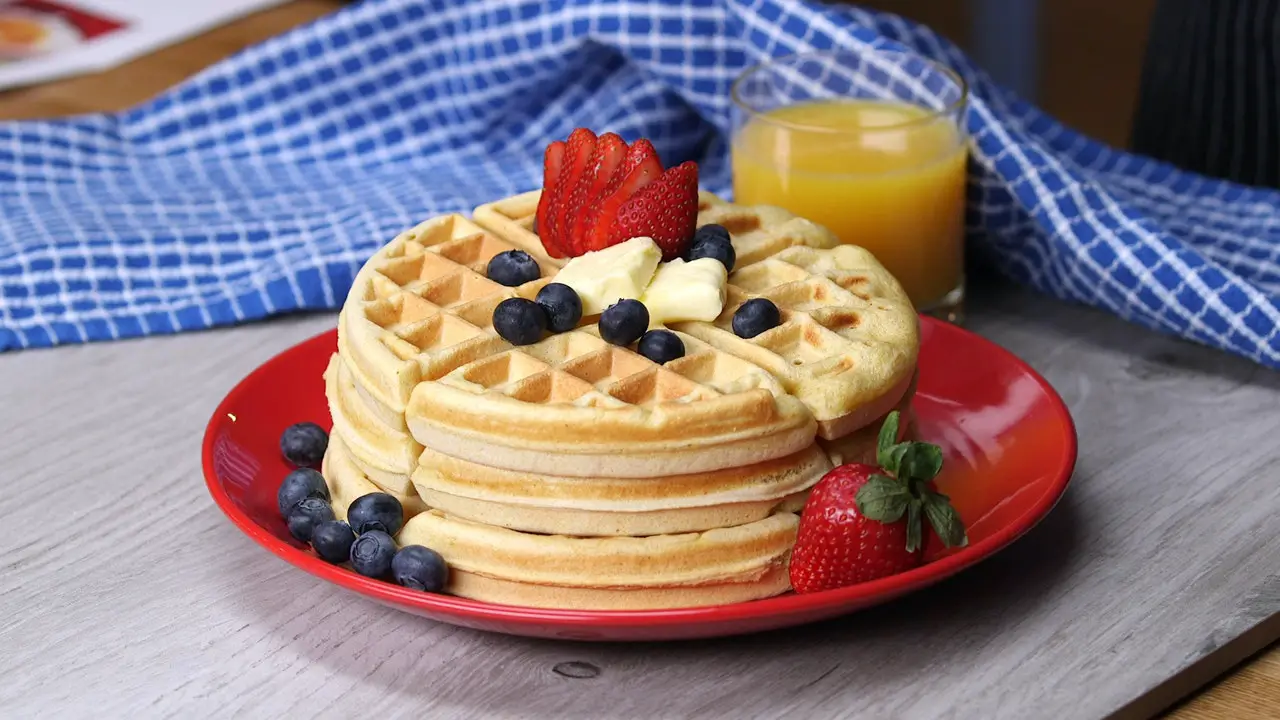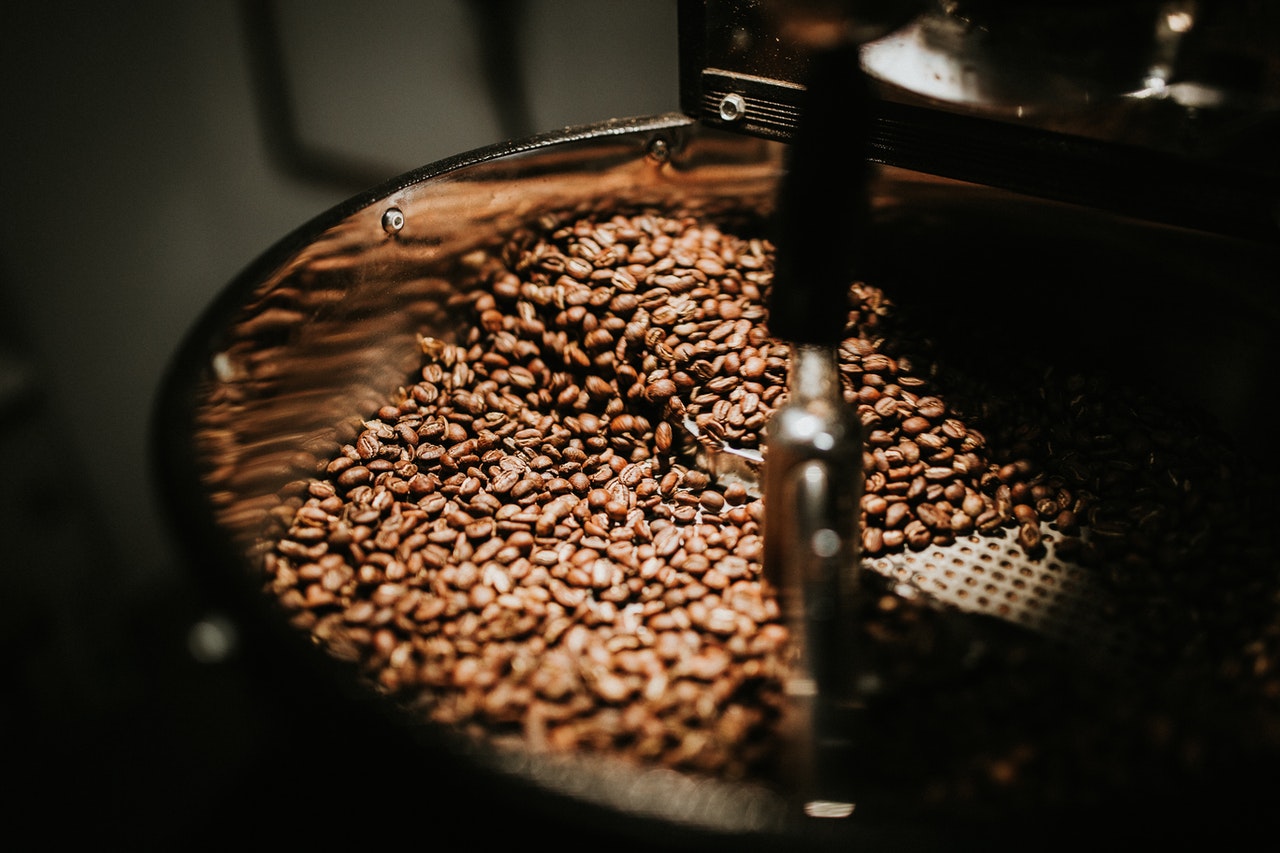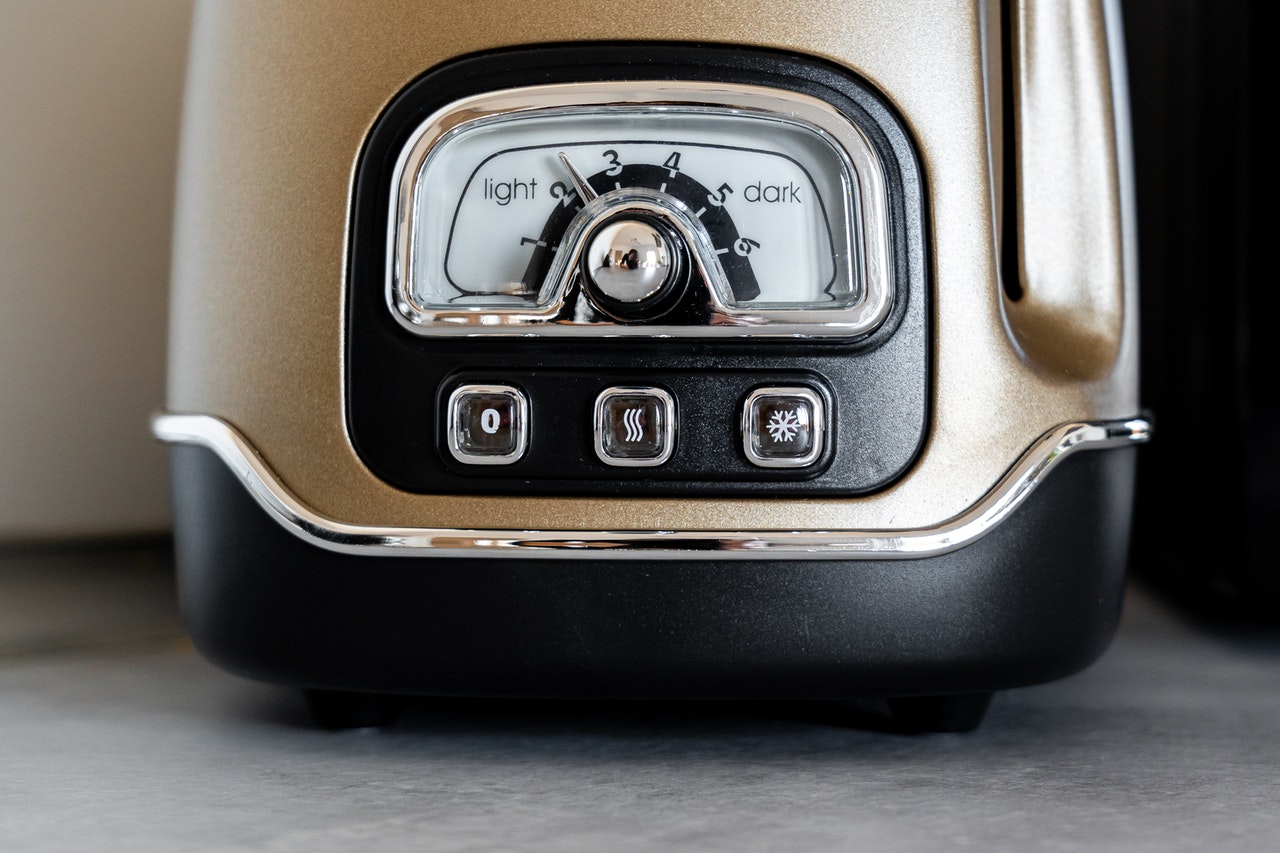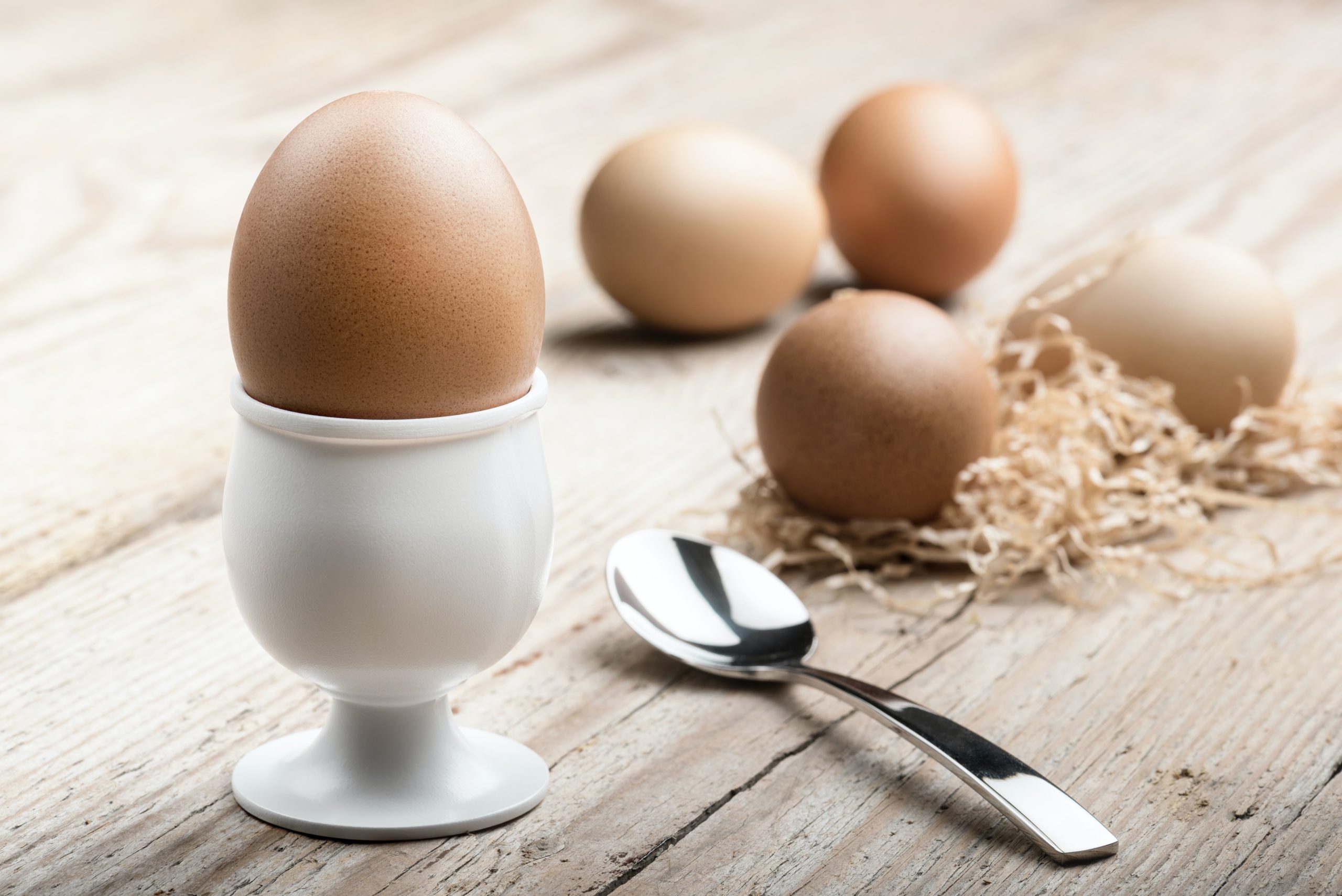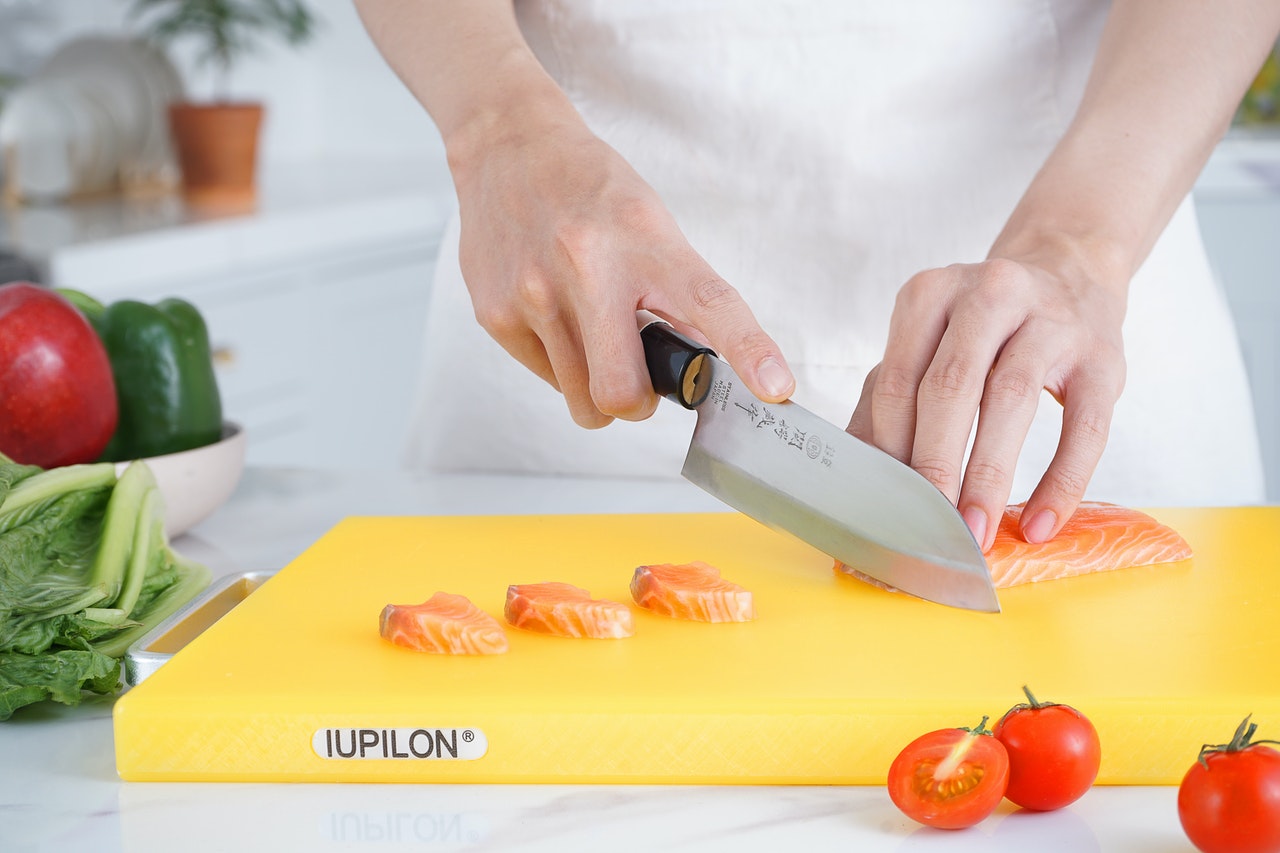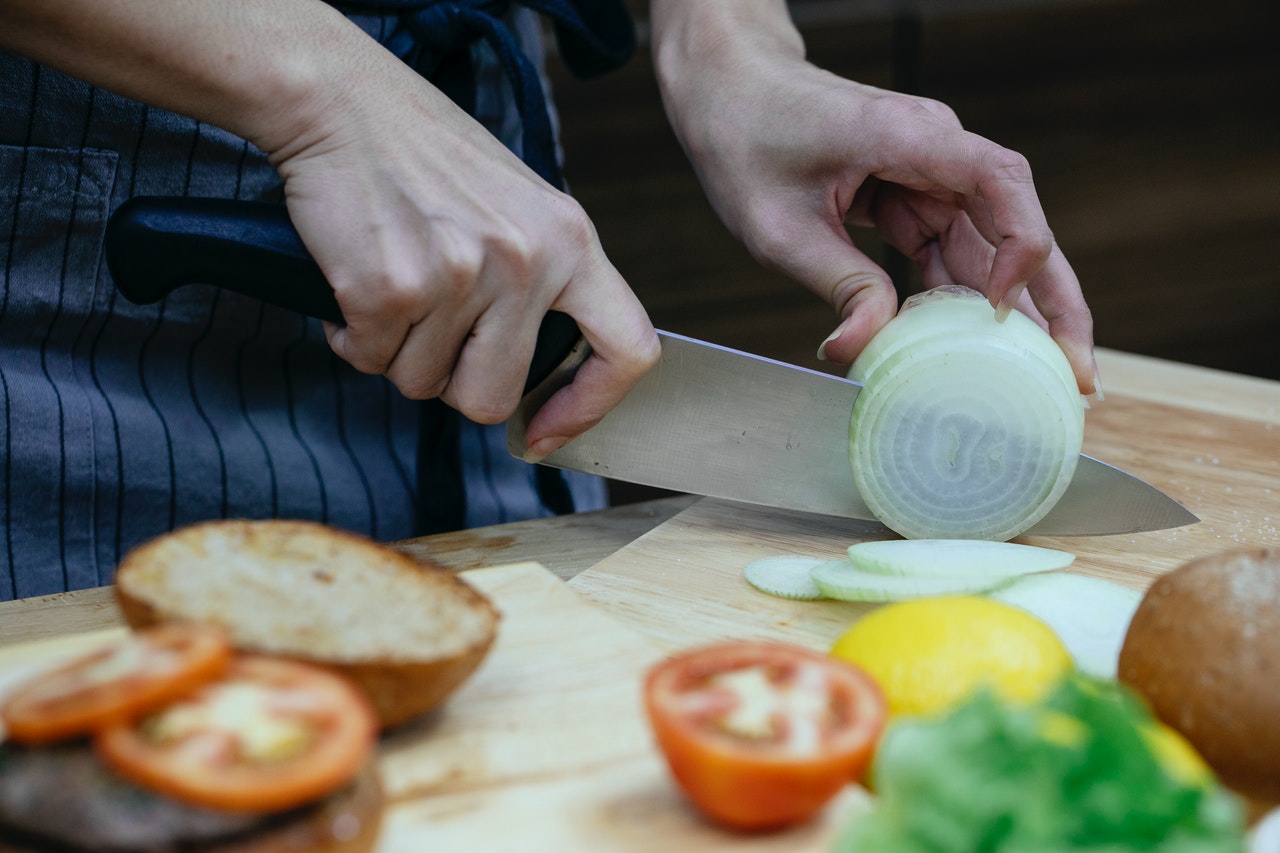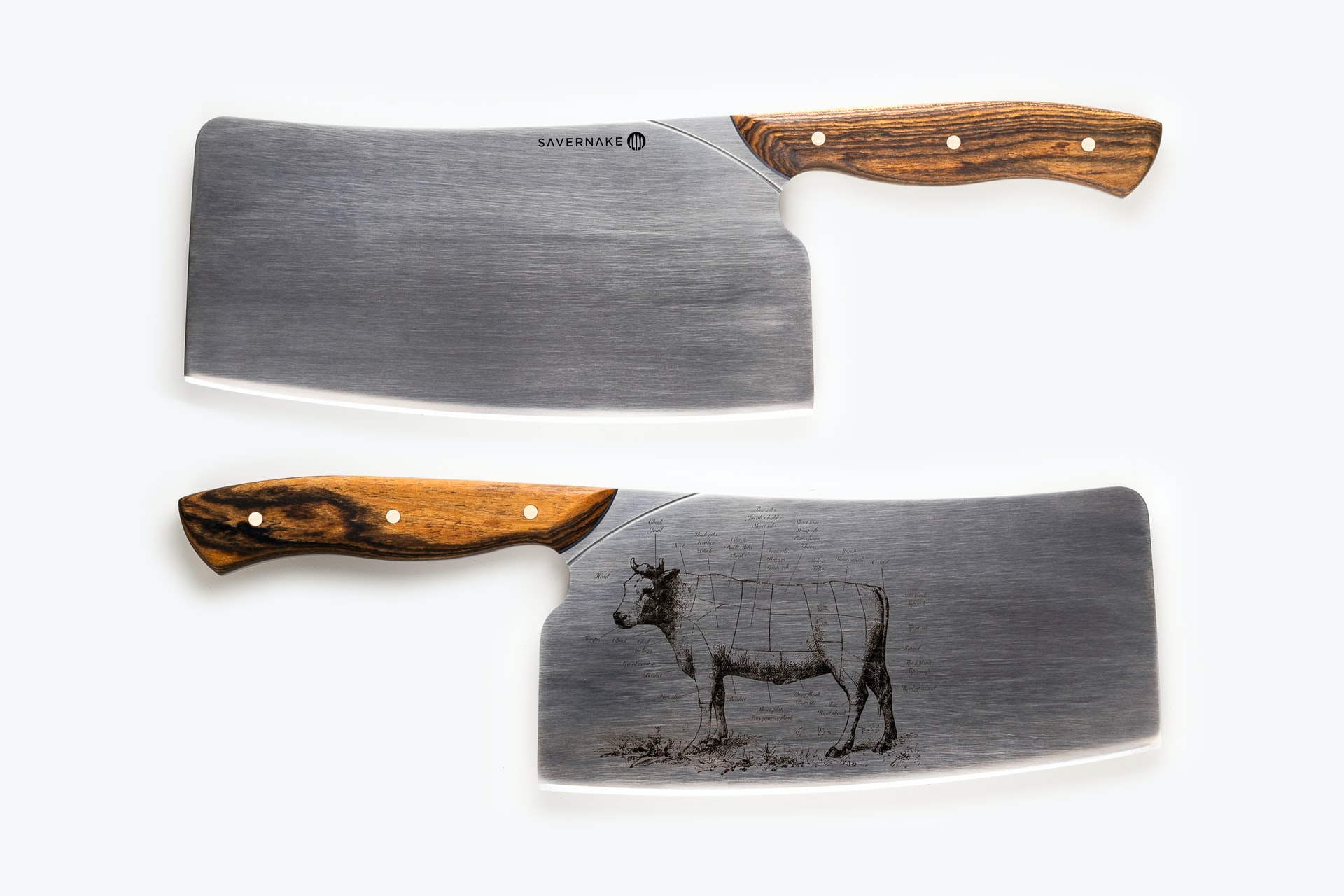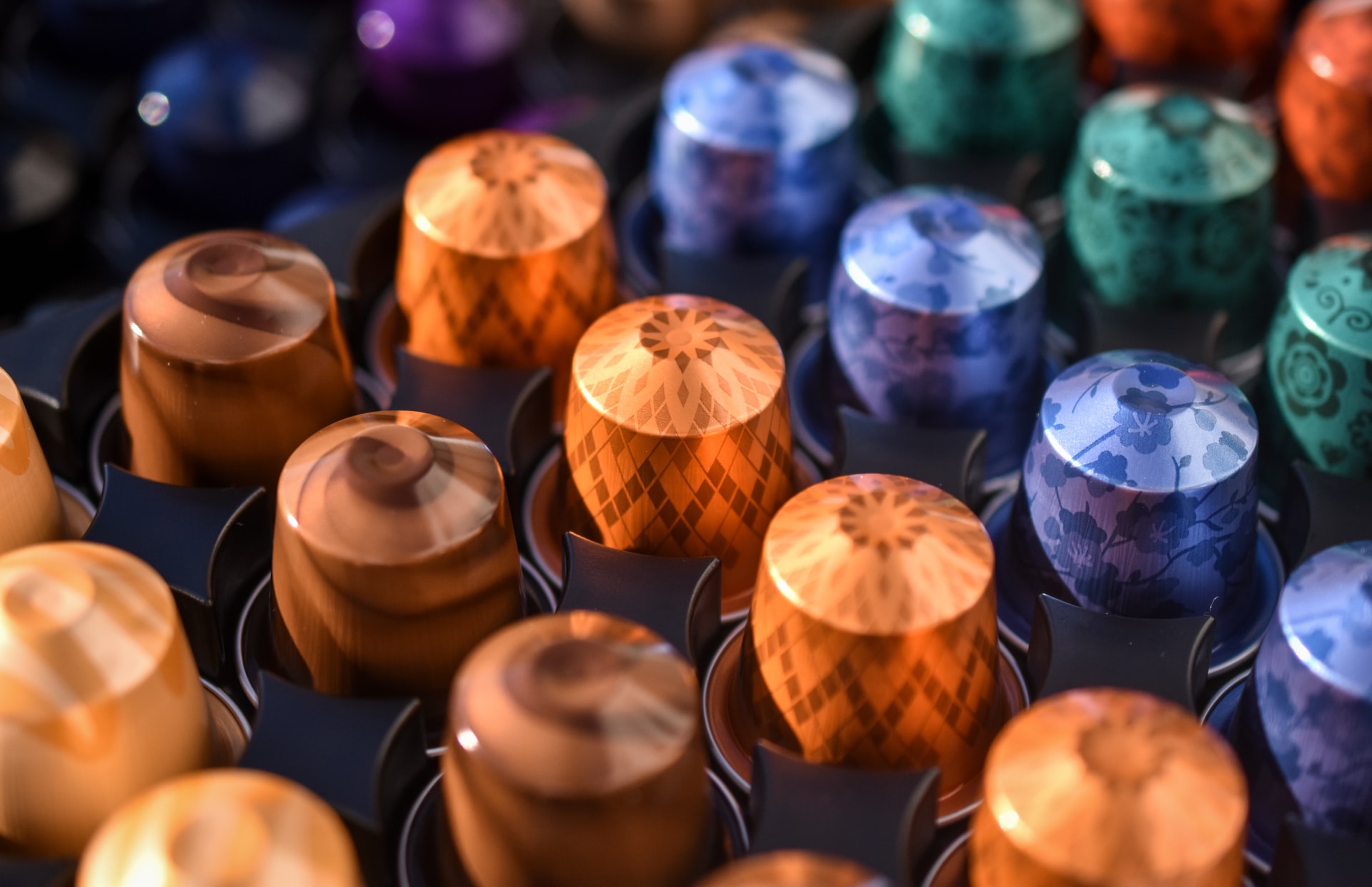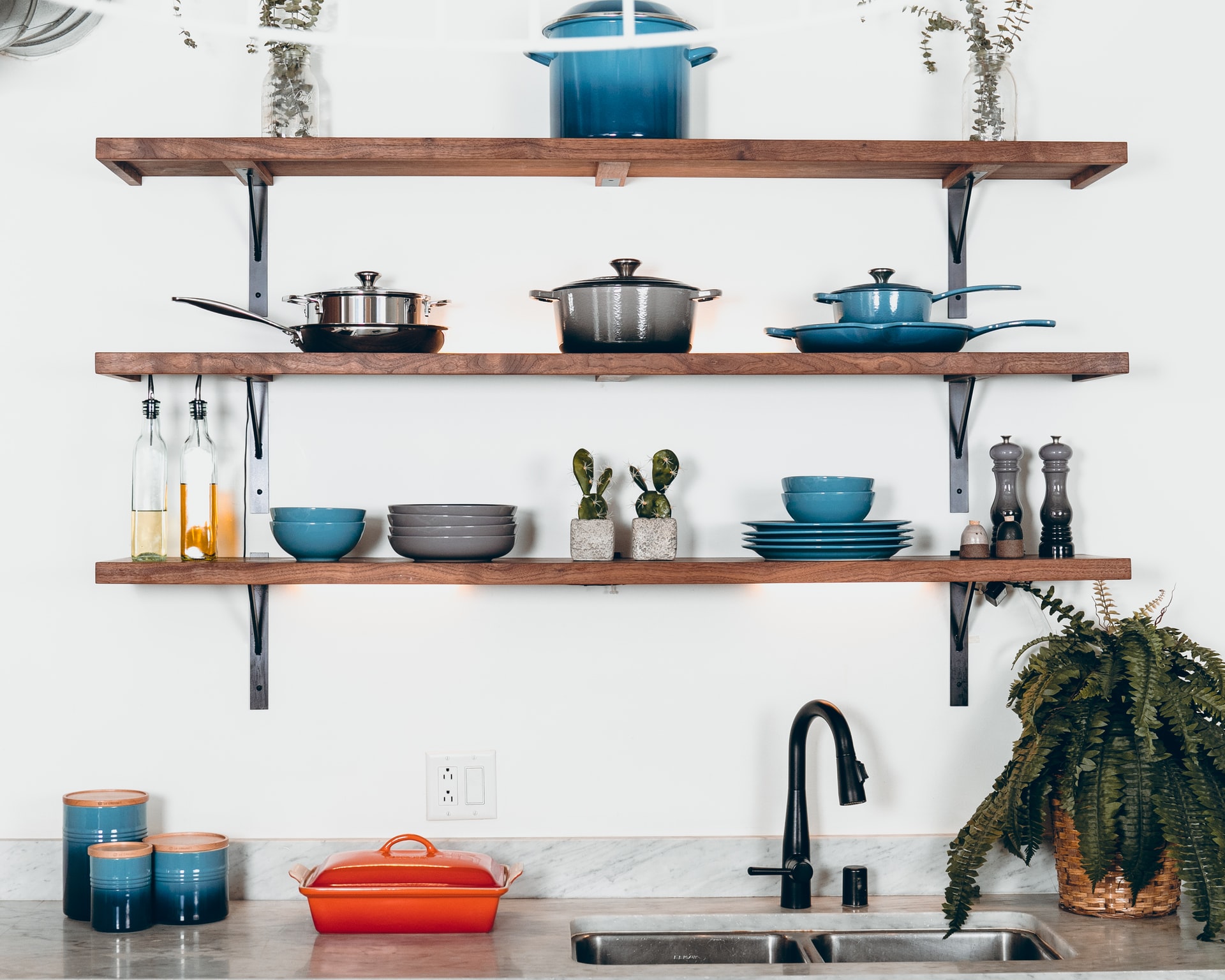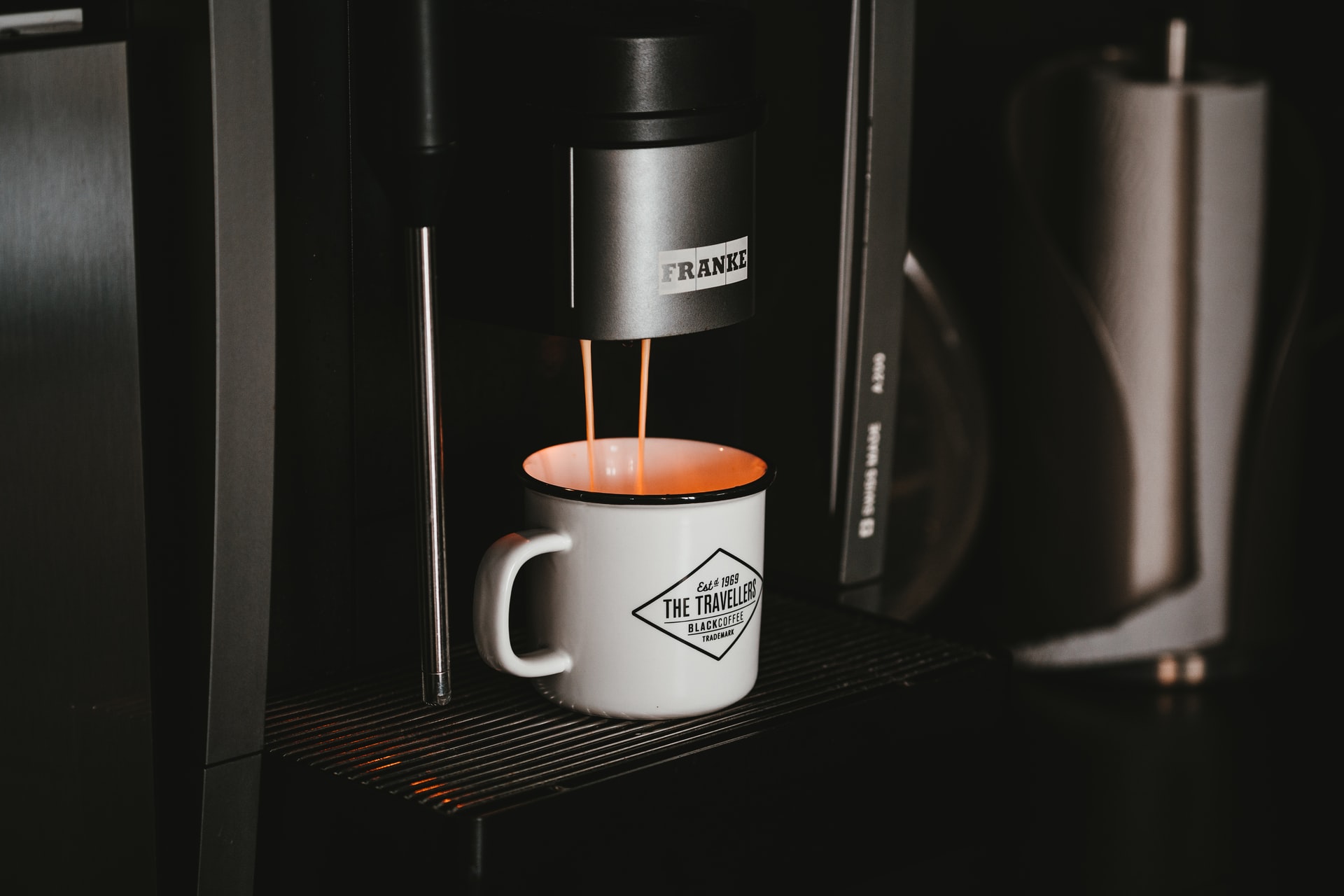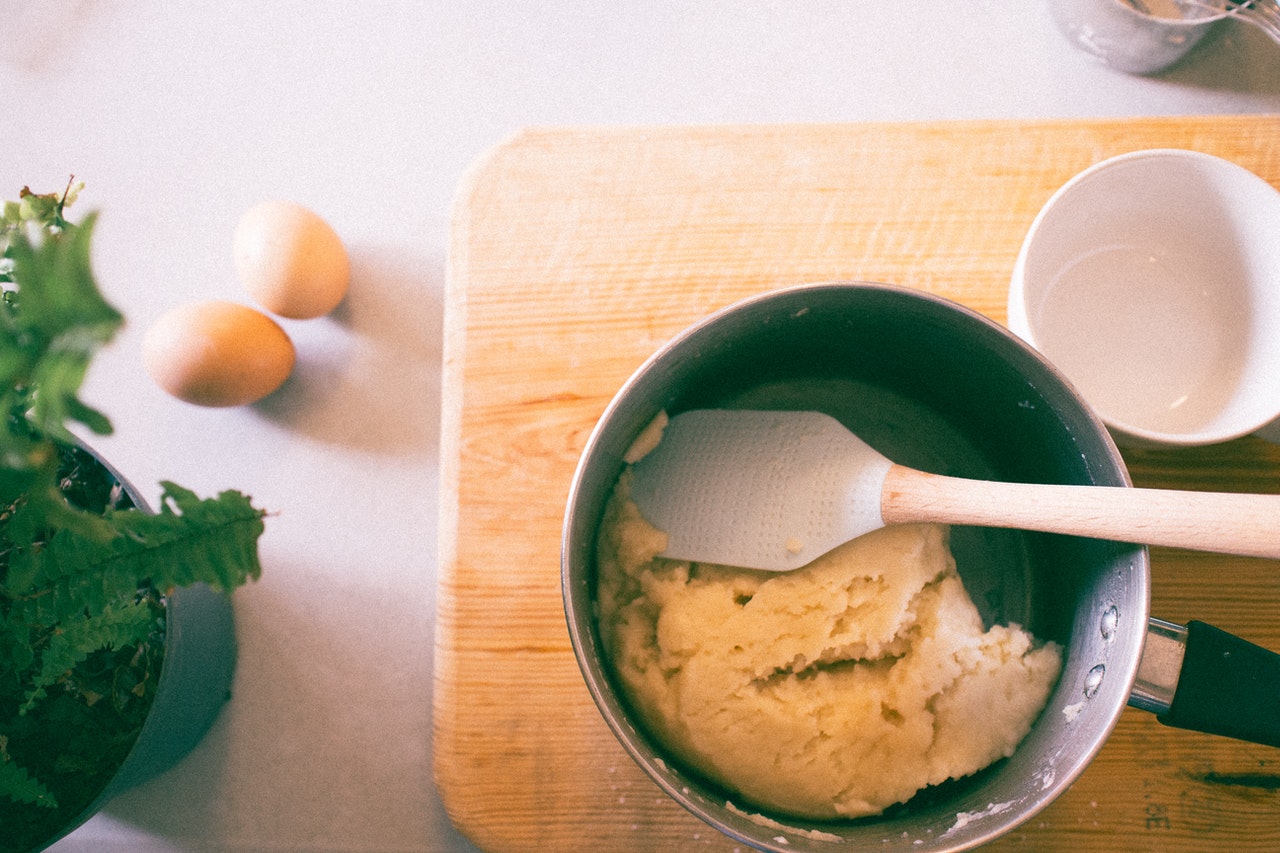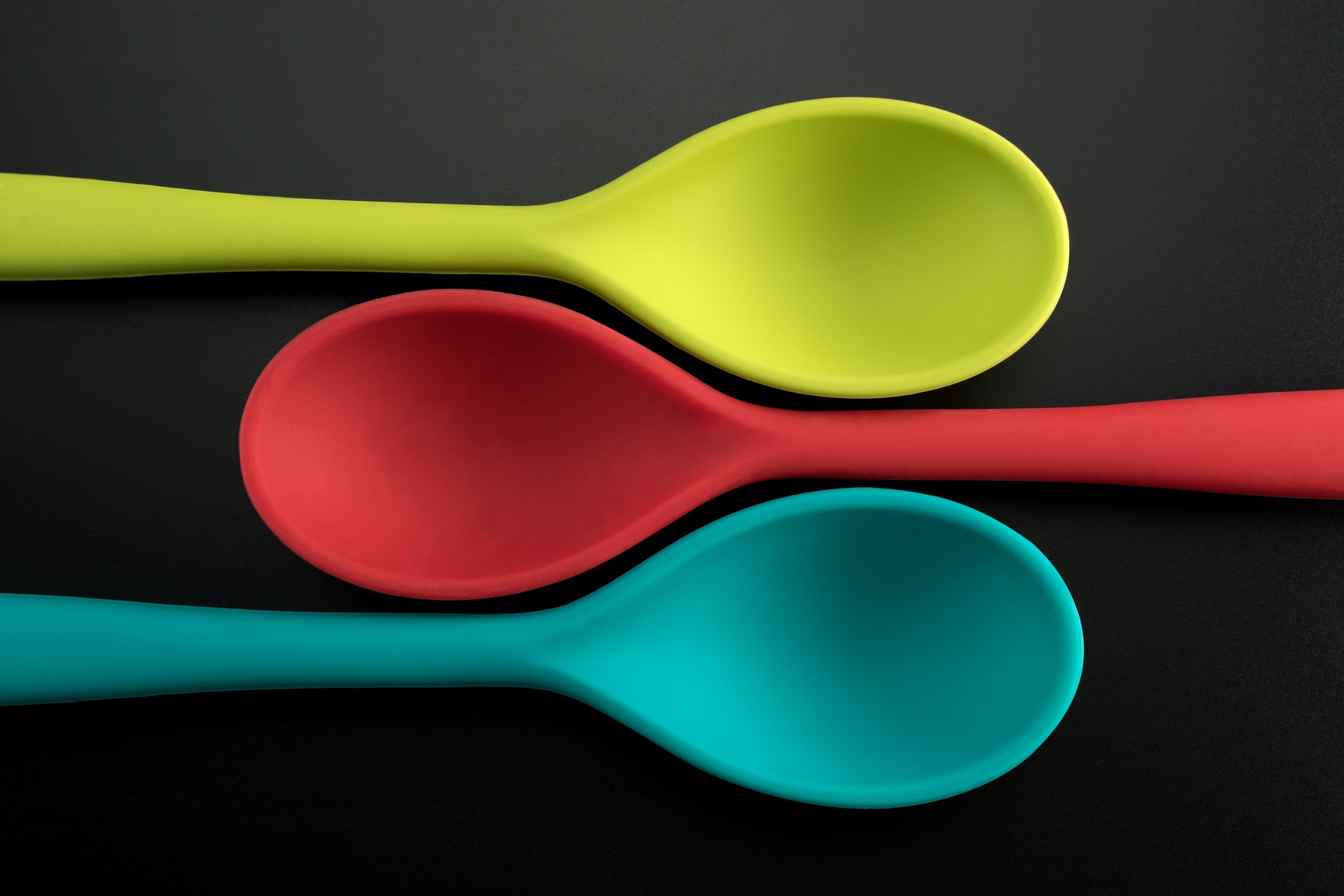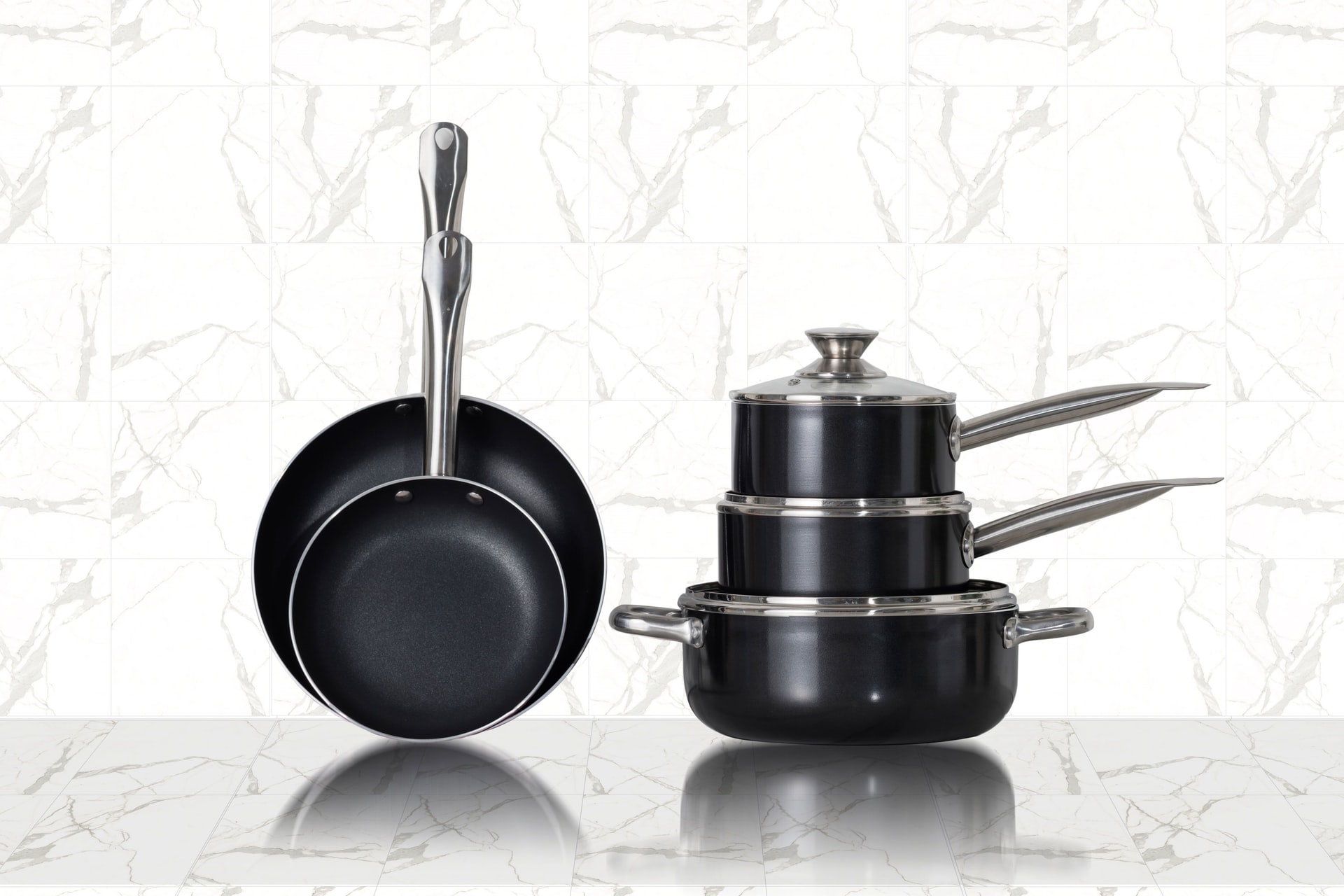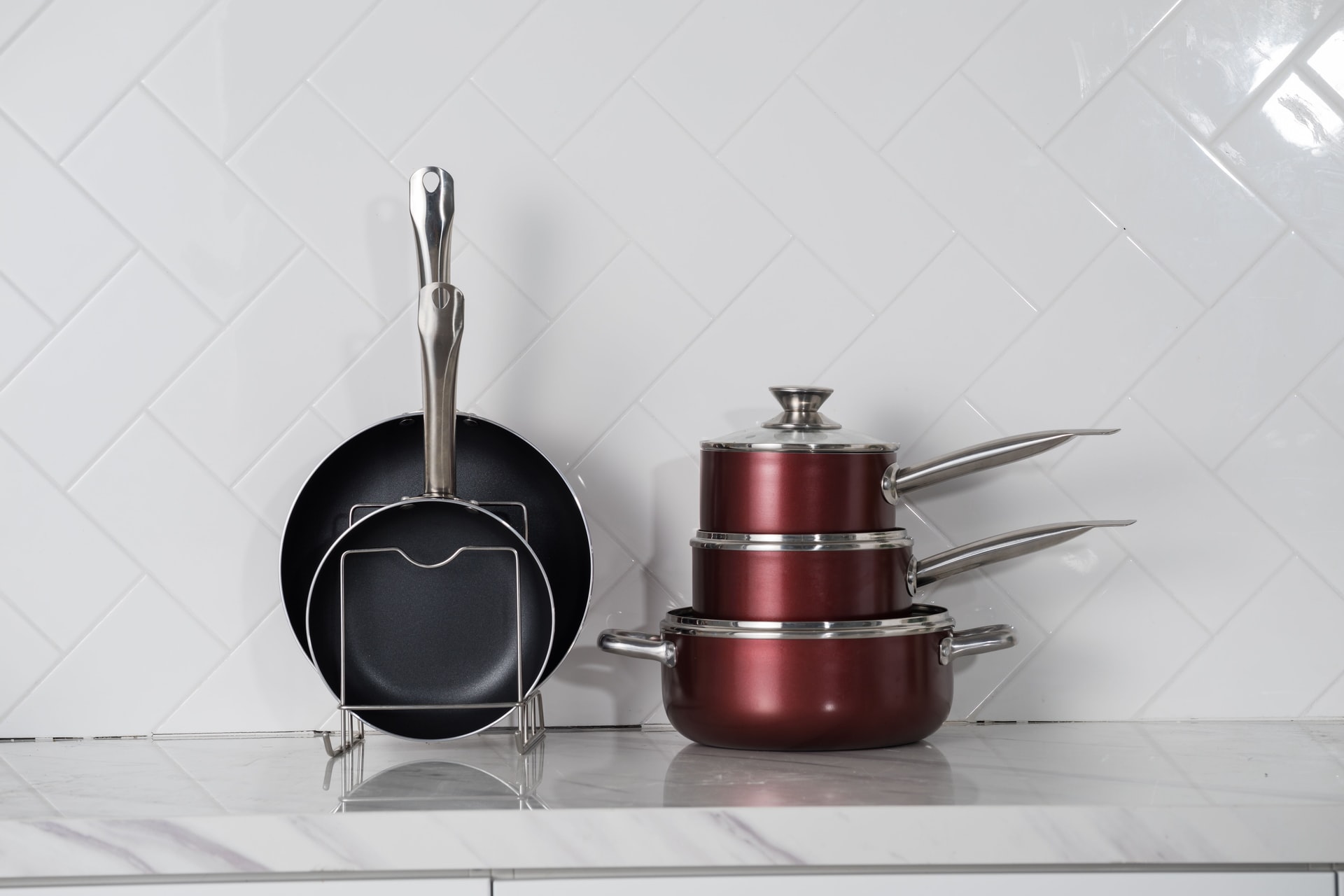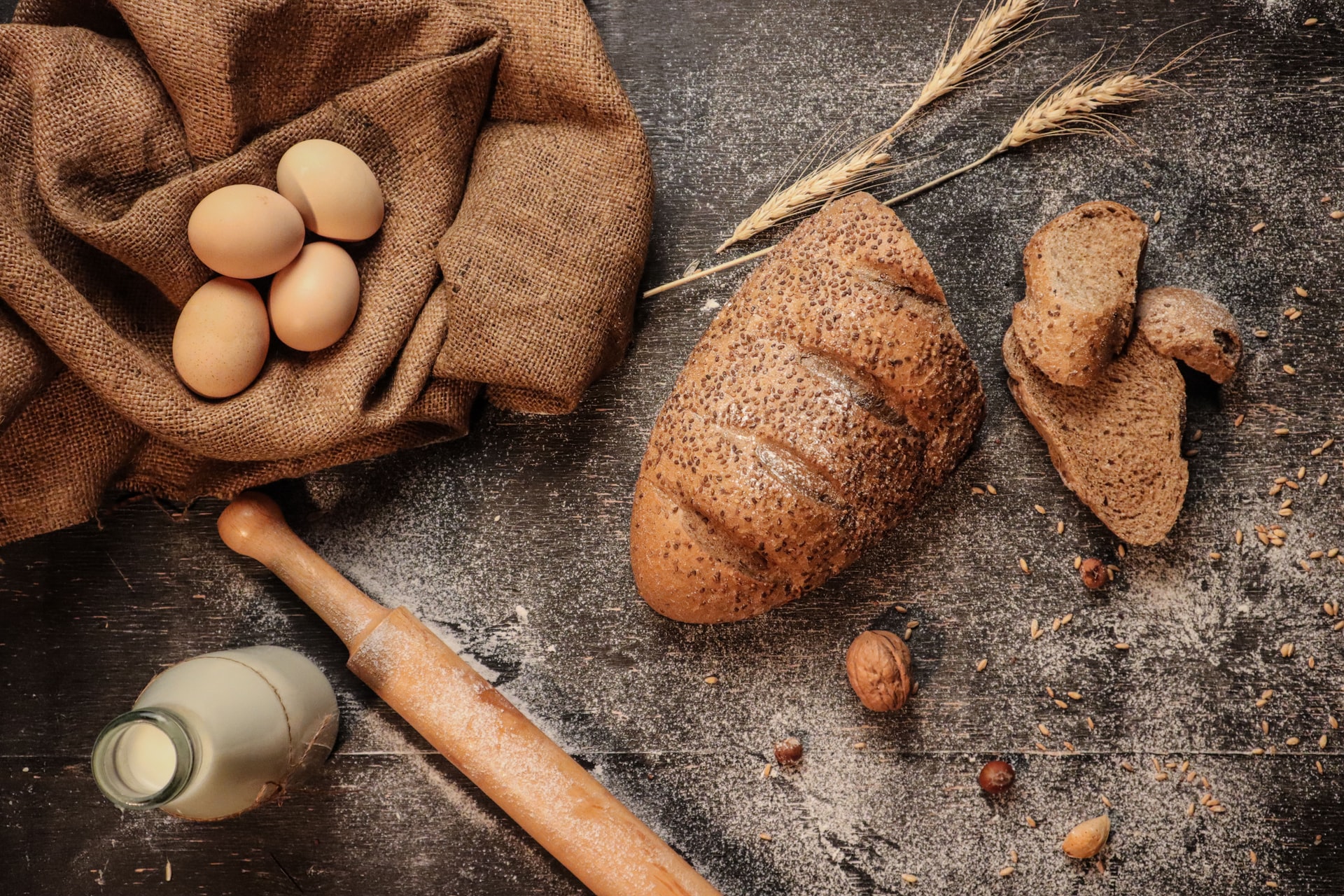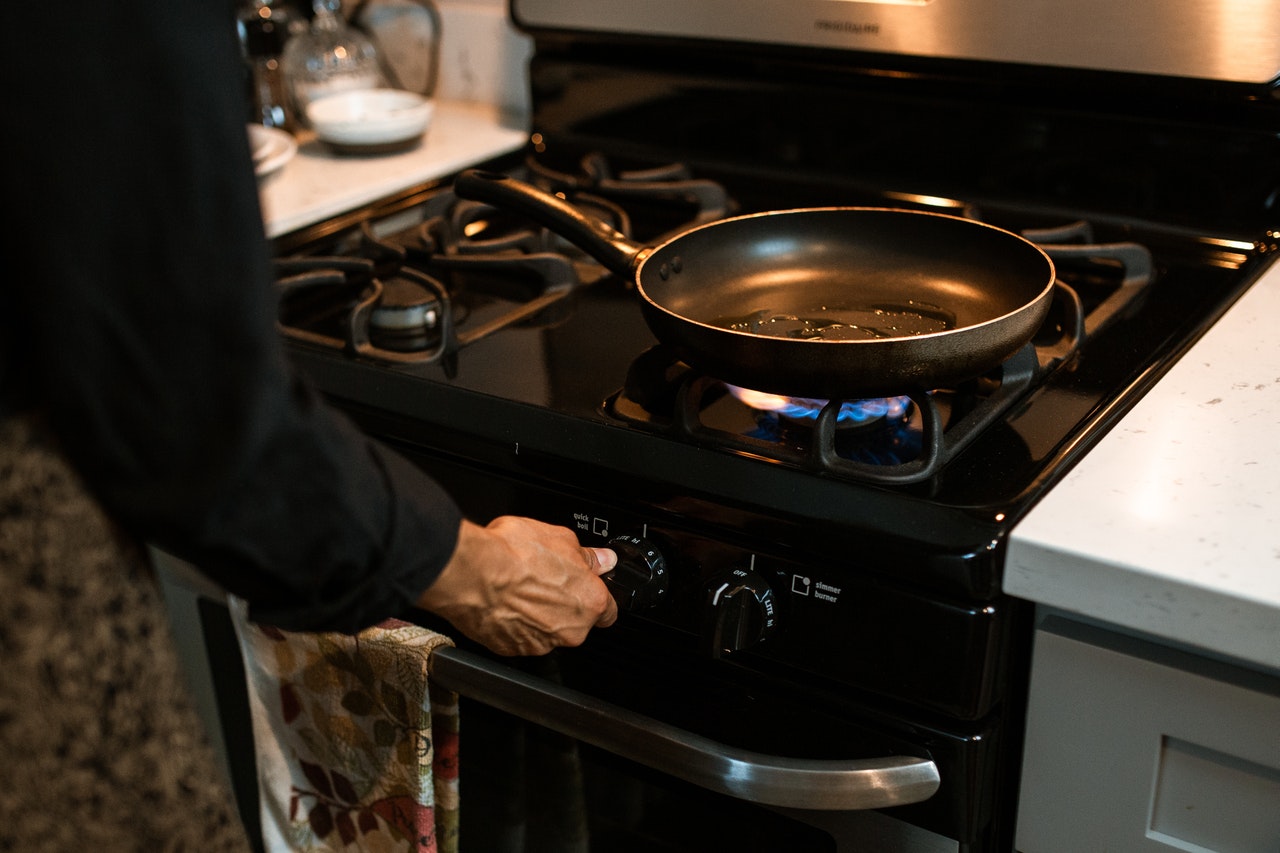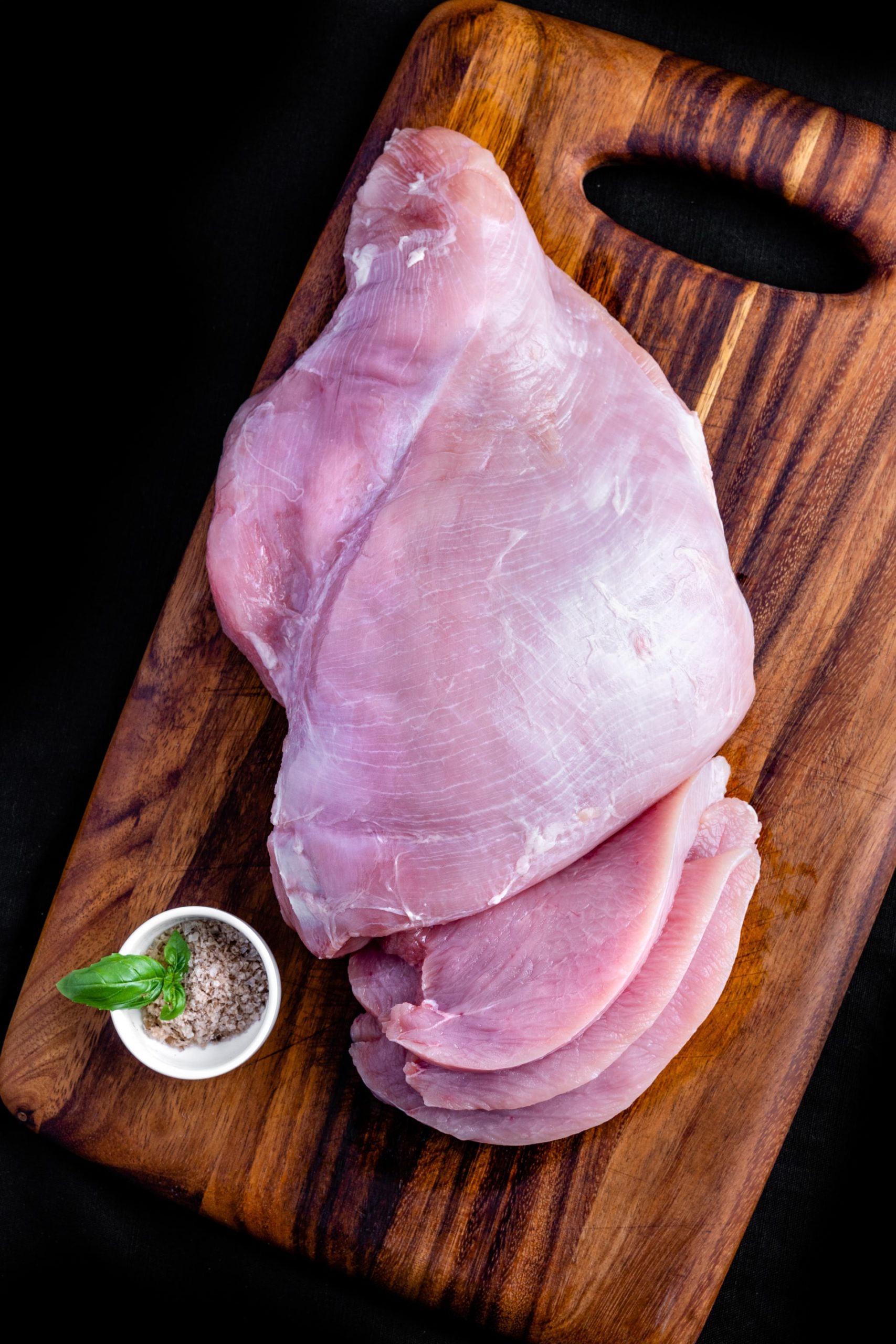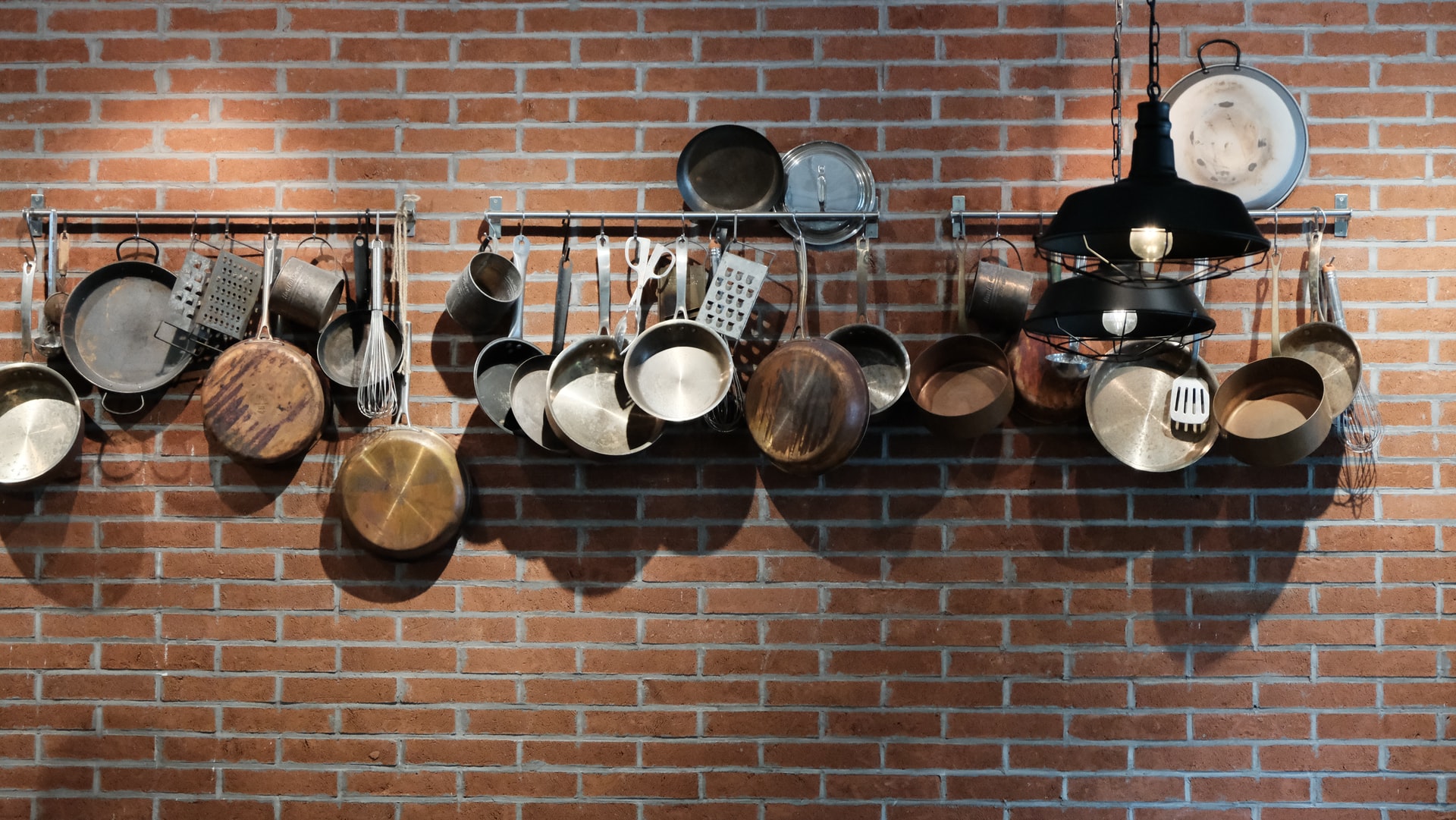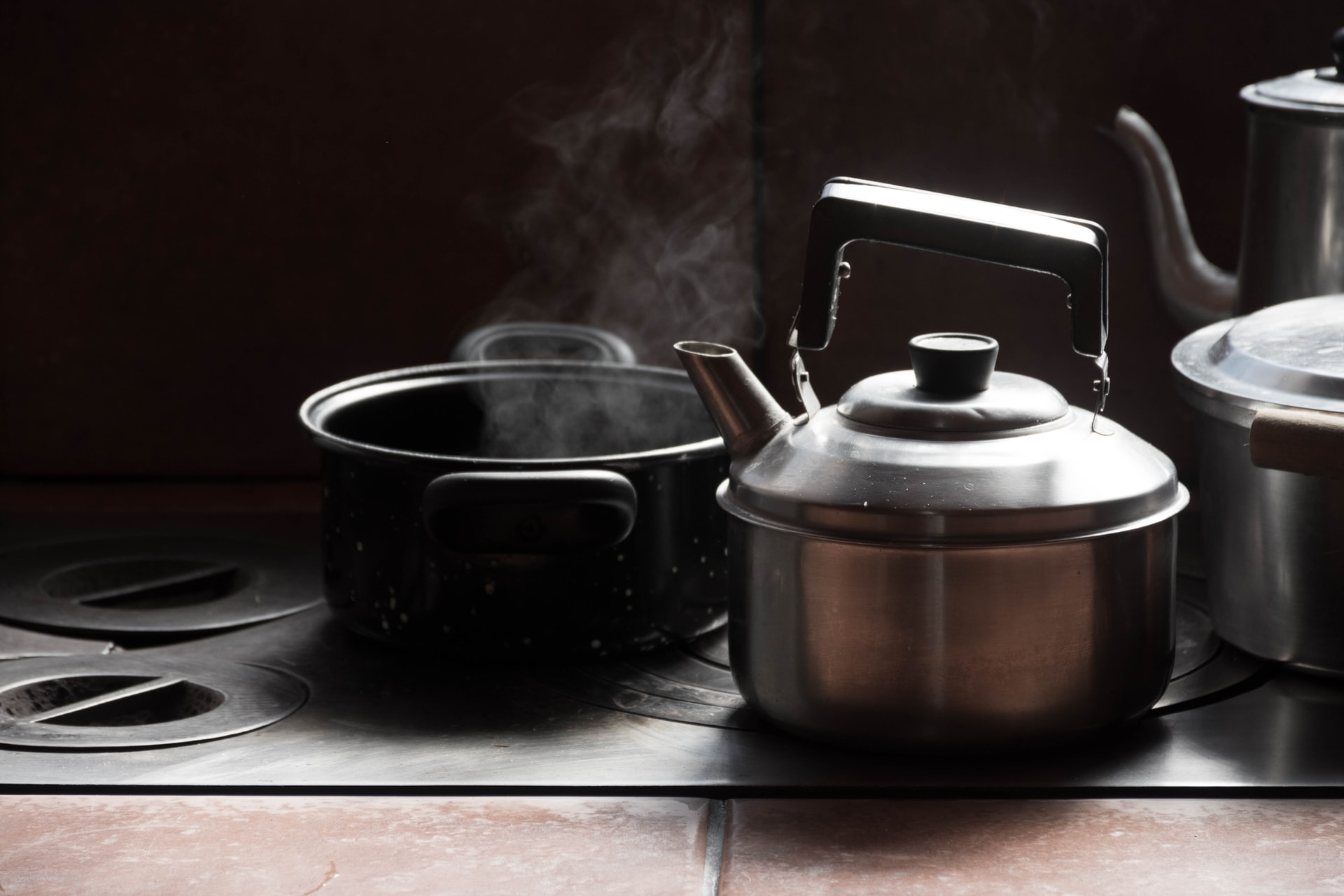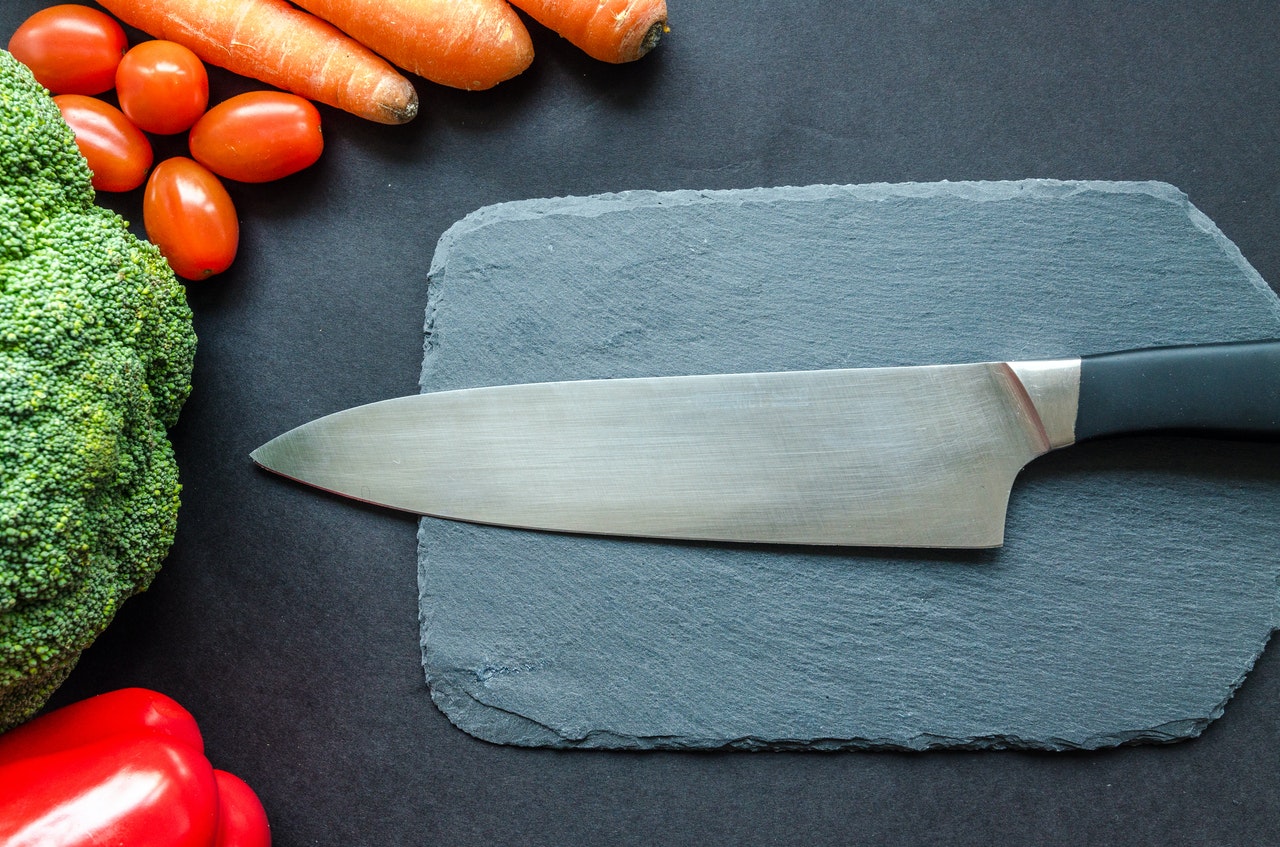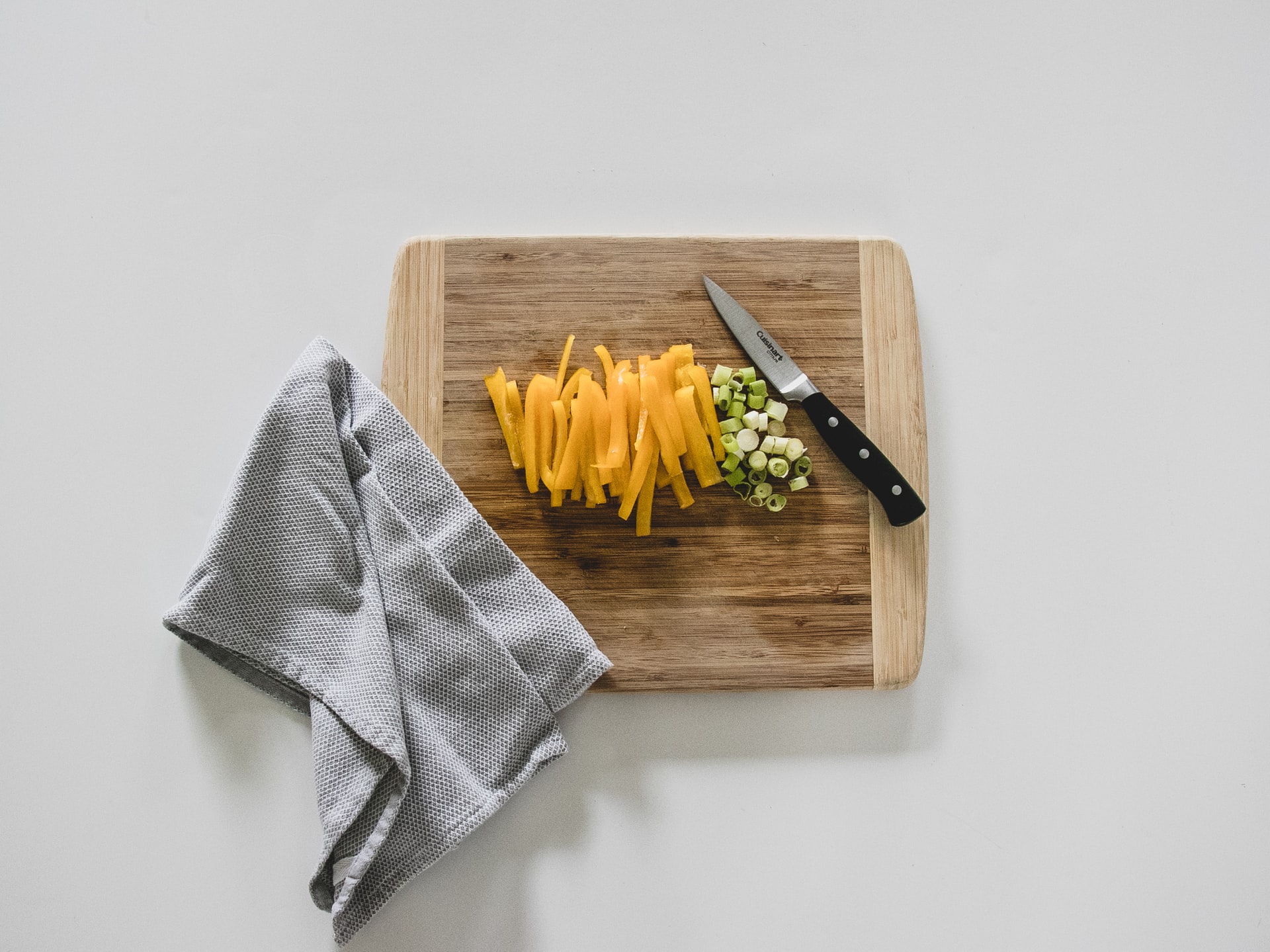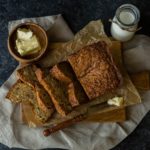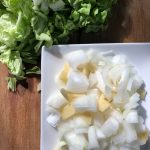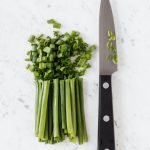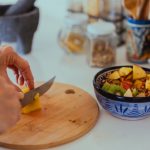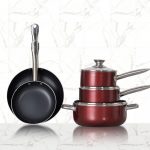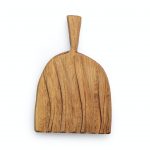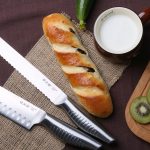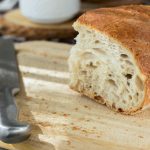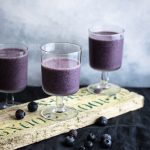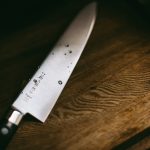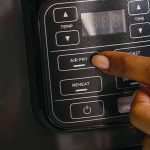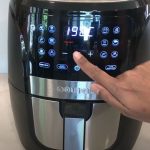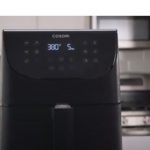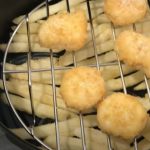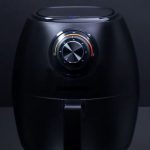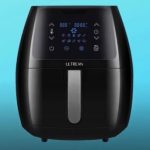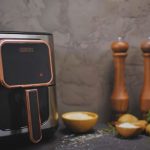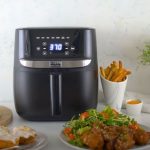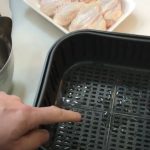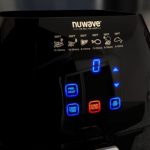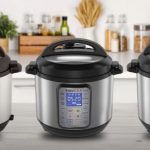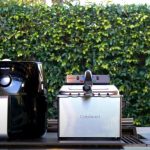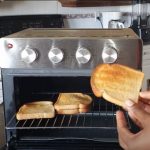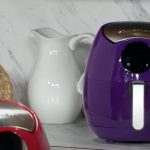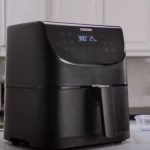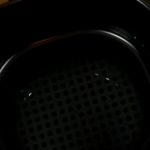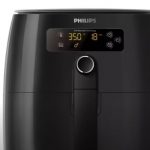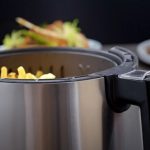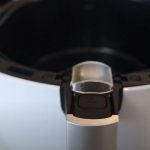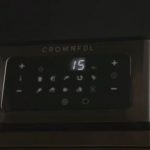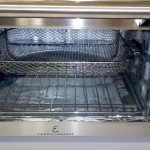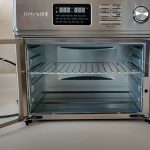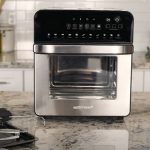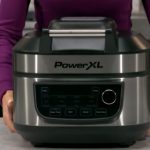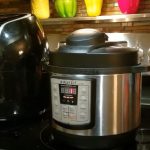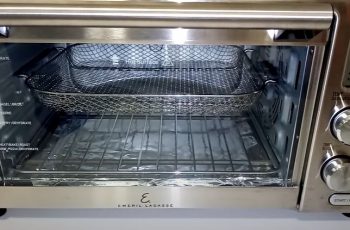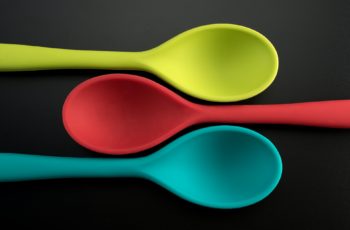Top 3 Blenders for Making Flour Reviews
If you are looking for the best blender, there are so many articles available out there that look at the best ‘all-rounder’ blenders for things like smoothies, mixing batters, creating peanut butter, etc…
However, if you are looking for the BEST BLENDER FOR MAKING FLOUR – then you will want to keep reading our article, because we have specifically focused on blenders for this sole purpose.
We look a the specific features you need to have in your next blender if you want to be milling your own flour for DIYing your own foods like pasta, cakes and sauces.
Why make your own flour?
Many would question why bother making your own flour when it is so much easier to pop down to your local and pick up a bag in a fraction of the time – not to mention it is not as messy!
However there are many reasons why many people are opting to make their own flour.
Some people love the knowledge that they have the resources to be self sufficient – especially if they wanted to move somewhere remote where shops and retail are not as easily accessible as if they were living in a city.
Somewhat related to the above reason, some may be grinding their own flour because they are into the do-it-yourself movement. Where individuals try learn the skills that have been forgotten from the olden days.
For others, it may be for health reasons they are opting to produce their own flour. For if you are making your own flour, you know the exact make up and origin of the ingredients that are going in to produce the flour you use to put into your body.
Whatever your reason for making your own flour, you are going to need a blender with a specific set of features to ensure you get the most out of your grains and the quality of flour you need for making your food.
Best Blenders for Making Flour – Our Top 3 Blender Reviews
| Image | Title | Learn More |
|---|---|---|
Top | Vitamix Blender Professional-Grade, 64 oz. Container, White | Learn more |
 | Blendtec Total Classic Original Blender - Fourside Jar (75 oz), Professional-Grade Power-6 Pre-Programmed Cycles-10-Speeds, Black | Learn more |
 | Amaste Blender, Professional High-Speed Countertop Blender with 1200W Base, 9 Pre-Programmed Settings, 64 oz Glass Jar for Family Soup, Smoothies, Grind, Shakes, Built-in Cold & Heat Function & Pulse with Timer, MR-01 Gray | Learn more |
Vitamix 5200 Blender Professional Grade Container
A Best Blender review would not be complete without some sort of Vitamix blender on the list. And this list is no exception.
The Vitamix blender that we love for making flour is the Vitamix 5200 with it’s professional grade 64 Oz container for extra durability.
Vitamix is a reputable American company in the blender space that has built a very good reputation for producing quality, enduring products.
The Vitamix 5200 has hardened stainless steel blades designed to pulverize any ingredients you place inside the mixing chamber – including flour.
It has a unique design to toss the ingredients around to ensure a consistent blend throughout.
Another feature we love is the easy cleaning function for the blender. Simply place warm water soapy water into the blender after use and blitz for a set period of time for easy cleaning results.
Pros
- durable and quality materials
- unique toughened blade design
- powerful motor
- easy to clean function
Cons
- pricing is in the mid-range – so not ideal for the budget conscious
- tall design meaning it will most likely sit on your kitchen bench (rather than stored away in a cupboard)
- Variable Speed Control: Easily adjust speed to achieve a variety of textures. The dial can be rotated at any point during the blend, so you’re in complete control
- Large Batches: The size and shape of the self-cleaning 64-ounce container is ideal for blending medium to large batches. Design Feature : Radial cooling fan and thermal protection system
- Hot Soup: The blades in the Vitamix container reach speeds fast enough to create friction heat, bringing cold ingredients to steaming hot in about six minutes
- Hardened Stainless-Steel Blades: Our aircraft-grade stainless steel blades are designed to handle the toughest ingredients, so from the first blend to the last, you get the same quality results
- Self-Cleaning: With a drop of dish soap and warm water, your Vitamix machine can clean itself in 30 to 60 seconds.
- Whats in the Box: motor base, 64 oz. container, getting started guide, DVD, classic tamper.
- 7- year full warranty. Electrical Ratings - 120 V, 50/60 Hz, 11.5 Amps
Blendtec Professional Grade Pre programmed 10 speeds
Blendtec is also a very well known blender company that builds and assembles it’s products locally in USA. It is a family owned business that prides itself on quality products and is fully backed with an 8 year guarantee. In other words they are putting their money where their mouth is – which always builds confidence with us.
The Blendtec Professional Grade Blender is a fantastic option for making flour due to the durable materials used to construct this particular blender.
The motor has a powerful 1560 watts, which is more than ample for blitzing grains into flour. It also has the ability to control the speeds of the blades with a 10 stage power setting. Giving you ultimate control over the exact fineness of your flour.
Like the Vitamix, it has a self cleaning function using soapy water and a one minute spin cycle for easy cleaning.
What makes the Blendtec different is the ability to (separately) purchase larger containers to use on the same motor base. This means you can produce larger (or smaller) quantities of flour in the one session.
Pros
- pre-programmed cycles for different types of food
- dulled blades for extra safety, but do not affect the quality of the end product
- ability to upgrade the mixing chamber to larger sizes
- 8 year warranty guarantee
Cons
- can be loud for some people
- instructions / manual is online (not included in the box)
- Easy blending cycles: 1-touch buttons, 6 pre-programmed cycles, pulse, and 10 speed manual control with the ability to achieve a variety of textures. Complete control to adjust your blending at any time while blending
- Patented blade/80% thicker: stainless-steel forged blade, with wings, for amazingly smooth blends (10x stronger than other blender blades). note: Blade is not sharp, blade is dull. No more cuts and pokes. Self-cleaning: add a little soap and water, your jar can clean itself in less than 1 minute
- Large batches: BPA-free four-sided jar is a 75 ounce volume jar with 32 ounce blending capacity (wet or dry) ideal for blending beverages for 3-4 people
- Warming Soup: Blendtec blenders heat soups and drinks through blade friction heat. Enjoy a warm meal or beverage in 6 minutes or less. Electrical ratings: Volts 120, Watt 1560, Hz 50-60, amp 13, cord: feet 35inches/3 feet
- 8 year warranty/American Company: Family-owned and driven to build the best quality products - without compromise. Engineered and assembled in the USA.
Amaste Blender – Professional High Speed CounterTop Blender
The Amaste Blender is a high powered blender that is not as well known in the blender space, but is definitely a worthy contender for the best blender for making flour.
What we like about this blender that differs from the other mainstream contenders is the unique design and quality of the build.
With the Amaste Blender, you have the ability to pulse the ingredients, which is actually a very handy feature when it comes to flour making. The pulsing mixing action makes sure any grains caught in hard to read places, gets dislodged and continued to be mixed into the rest of the ingredients.
You also have a mixing baton that helps you push and mix ingredients around the chamber for ultimate control.
The Amaste Professional Blender has a powerful 1200 watt motor – which is sufficient for making flour. It also has a glass chamber (other mainstream brands are plastic), which is a positive in our books.
A unique 8 blade design helps to grind down grains into a fine powder as well as an 8 speed control feature that allows you to fine tune your flour making process for absolute customization.
Pros
- Cost is more on the budget friendly side of the spectrum when compared to other main stream brands
- large chamber capactiy for large batches of flour making
- one click cleaning function
- quality materials used in the construction of the blender
Cons
- not as well known compared to other blender manufacturers
- can be a bit noisy
- 【Total Crushing Technology】Amaste Blender comes with a perfect combination of high-speed blades and micro-filtration. The kitchen blender offers 1200 watts of blending power. 8 hardened stainless steel blades can easily handle fresh or frozen fruits & vegetables, and High speed professional blender for Hot Soup, Smoothie,Grind 40000 RPM, built in Pulse.
- 【The Extra-easy Controls】Professional Blender with Large One Touch Panel and the 9 pre-programmed settings eliminates hassle work and offers hot soup dishes & cold drinks and dessert in 5 - 20Mins. The High speed blender comes with timer, so you can control the working time according to the ingredients and recipes. This Kitchen blender Making an amount of full of nutritious food for your green healthy life and improve your resistance.
- 【User-Friendly Countertop Blender】The Professional blender is ideal for making large batches of soups,creamy, baby food,shakes and smoothies for the family or commercial use. The Soup Blender comes with a tamper that help bled dense ingredients. The 64-ounce glass pitcher is easy to clean and you don’t need to worry about any splatter or leaking while blending.
- 【Intelligent and Safety Protection】 The High speed blender comes with timer. And you can set the blending time according the recipes, this blender will stop working automatically as the time preseted. The safe power-off function of the juice blender will remind you to lock the lid. Opening the cover during operation automatically shuts off the power, close the cover it restarts work, which is safe and convenient.
- 【What You Get】 {1 year warranty for free-replacement. 7/24 satisfy customer service for all our valuable customers. Any problem, plz contact us in time. We guarantee grade customer service.} Package includes 64 oz Glass pitcher, main blender base, a tamper, cleaning brush, a cookbook & a manual guide. {Do not use dishwasher wash}
Blender Features you need to Make Top Quality Flour
Your traditional blenders for crushing ice and blitzing up fruits and vegetables for smoothies are built a little differently than a blender that can be used to blend grains into flour.
You could opt for a traditional flour mill machine, however they are often bulky and unsightly that you would probably need to maintain it in a room separate to your kitchen. Not to mention the cost assocaited with such an appliance.
So in our opinion your best option would be a blender that is capable of blitzing the grains into a consistent flour texture.
So what do you need to look for in a blender for making flour?
Let’s take a look at the features we think are crucial for the best results.
Power
To be able to achieve a fine consistency in your flour, the blender you are going to use will have to utilize quite a powerful motor. Without enough power, the blender will only achieve a sub par end product, which will only leave you disappointed. We recommend looking at a blender with a minimum of 1,200 watt for the best results.
Size
How much flour are you going to be producing at a time?
Your answer will determine the size of the blenders you will be considering for your next purchase. You will want to look at blenders that have a large enough blending container to make a sufficient amount of flour so you are not making flour every other day.
As you can imagine blending flour can be a messy affair. So ideally, you would make enough flour to last for at least a month.
Container and Blade Design
When it comes to blending flour, it is wise to make the process as automated as possible. This means you do not want to be opening and closing the container and having to push around the grains inside to ensure a consistent end product.
This is where the container and blade design is critical.
Ideally you are looking for a blender that has an intuitive mixing action. This sounds technical, however it is simply looking at the way the blender mixes the ingredients in the mixing chamber.
Things to look for include a good container design to minimize food and ingredients getting caught in small areas and not blending in properly. This is particularly relevant for flour, since it is a fine grain. As the grains are pulverized, they become finer and finer resulting in parts getting caught in corners and not reducing down to size.
Another feature to look at is the blade design. You want a blade mixing action that continuously moves the ingredients around the chamber. This ensures a consistent end product.
Final Verdict
The amount of blenders available on the market are so numerous it would make your head spin. But if you are on the market for a blender you can make flour with, then you need to focus on a few key features in your next blender purchase.
Earlier we identified the key features to look for are power, blender and blade design and the size of the blender.
To help you along your journey for your next blender, we have identified three very professional and capable blenders to help you make flour at home. Each have their positives and negatives, and which one you ultimately choose will depend on your personal circumstances and preferences. You can be rest assured whatever your choice they will all produce a fantastic consistent flour.
